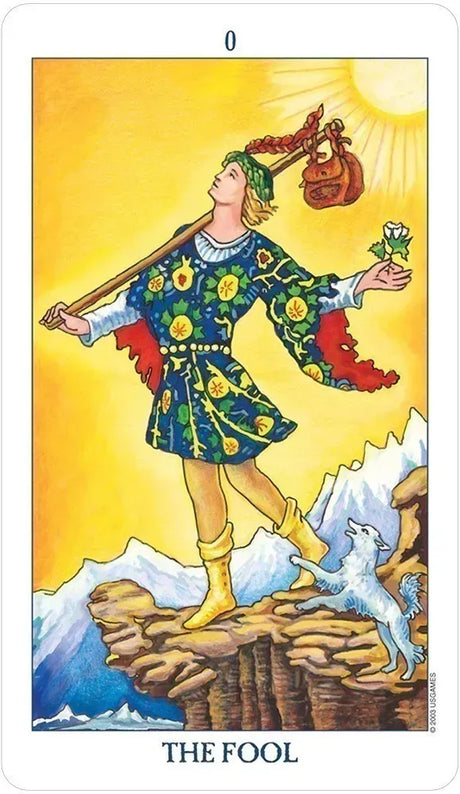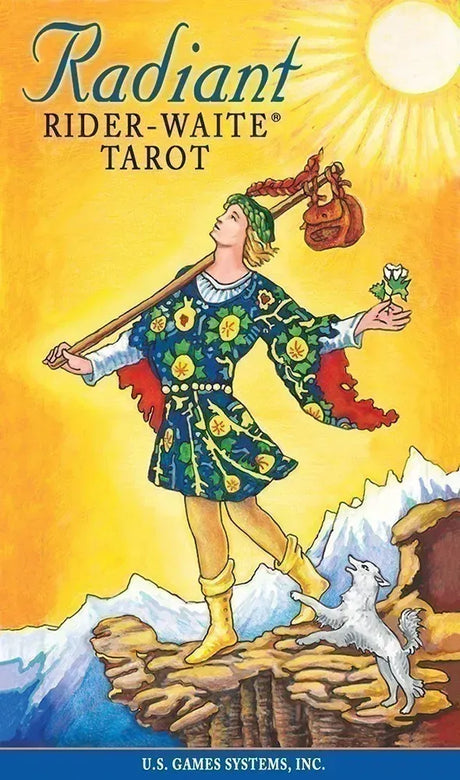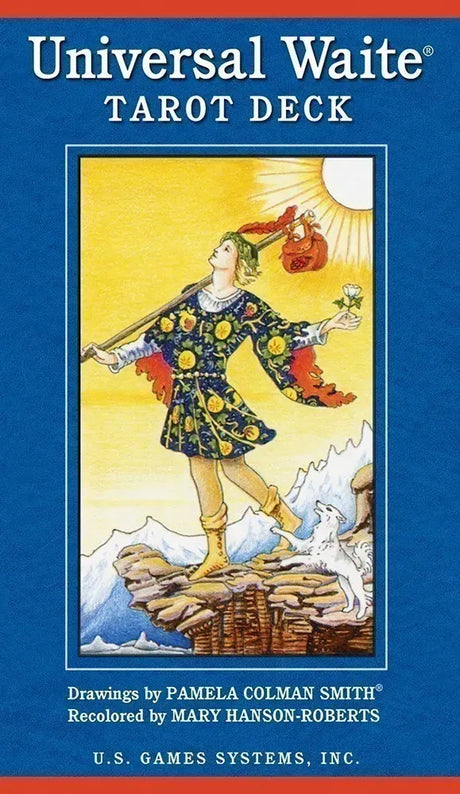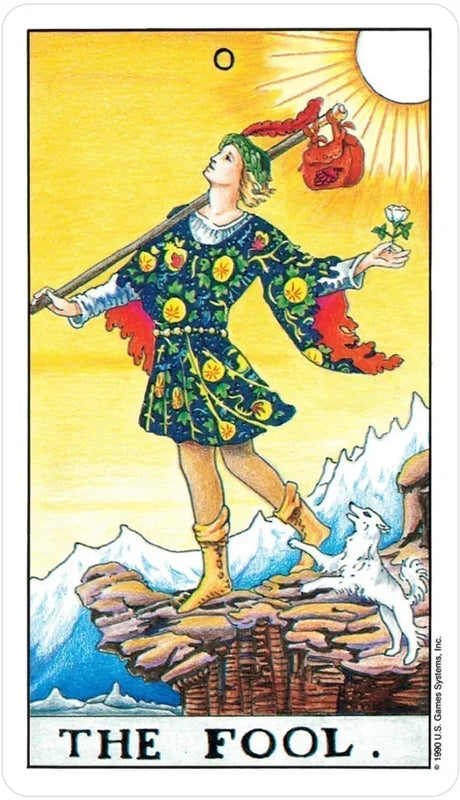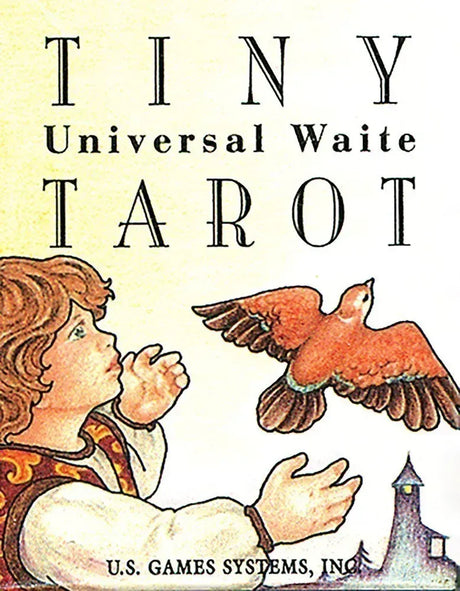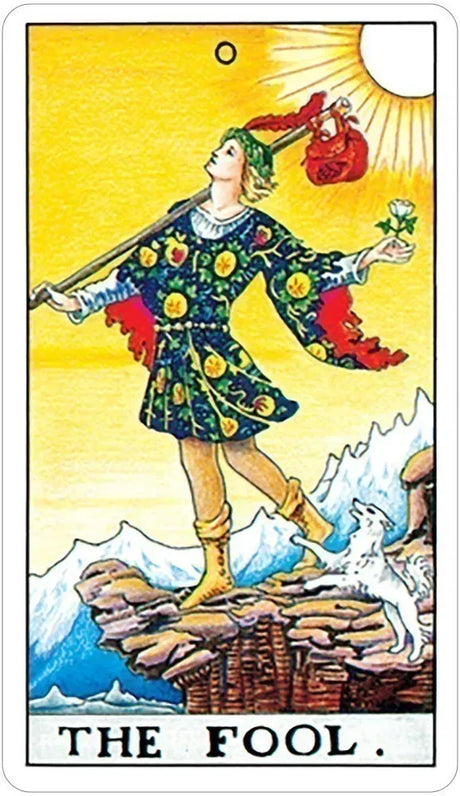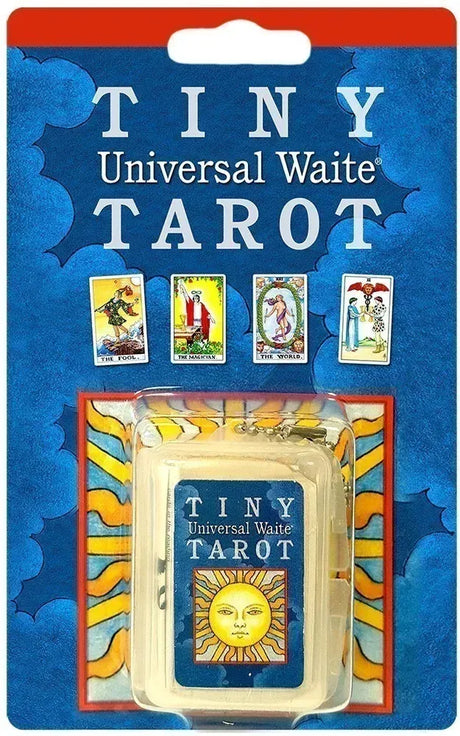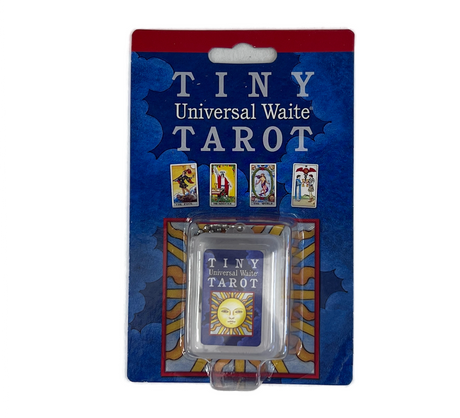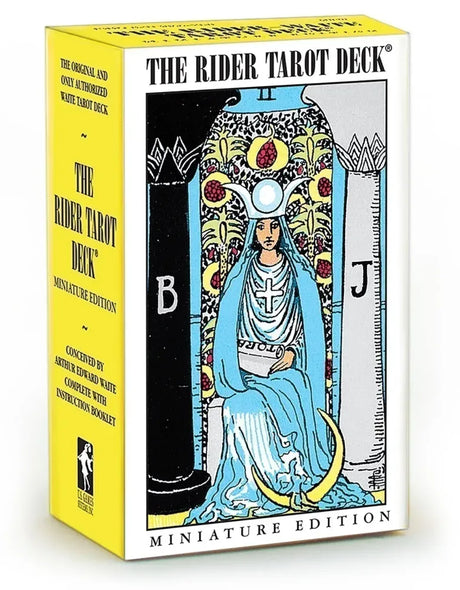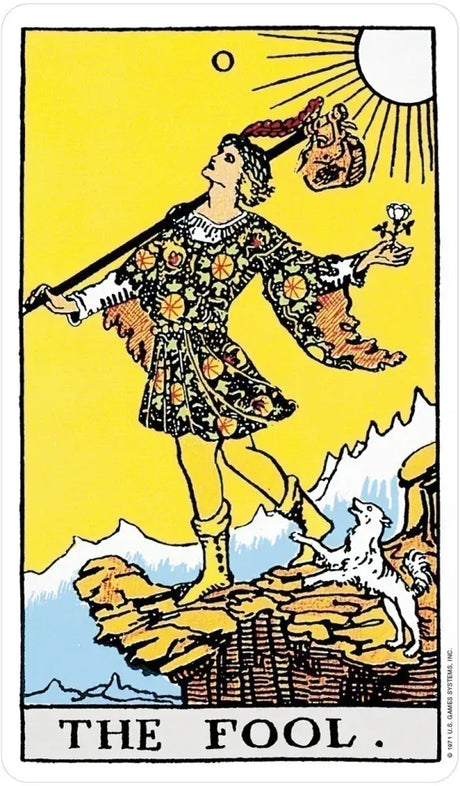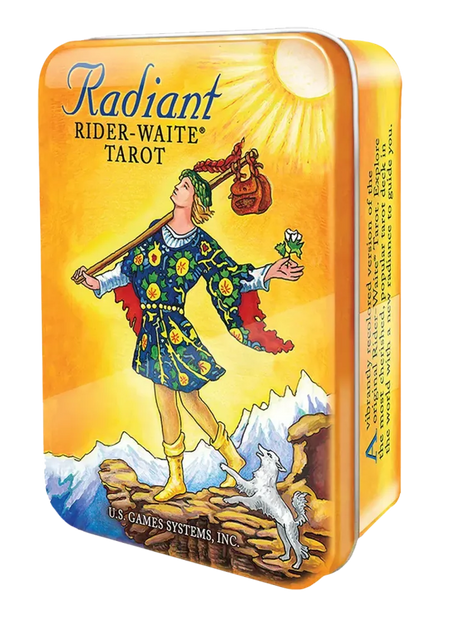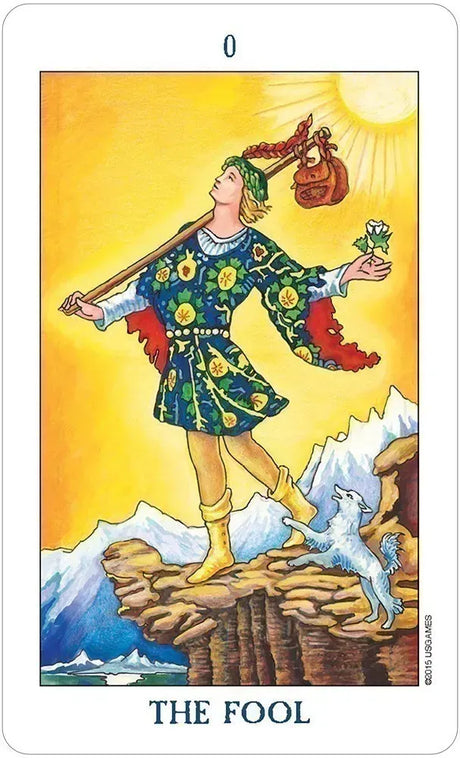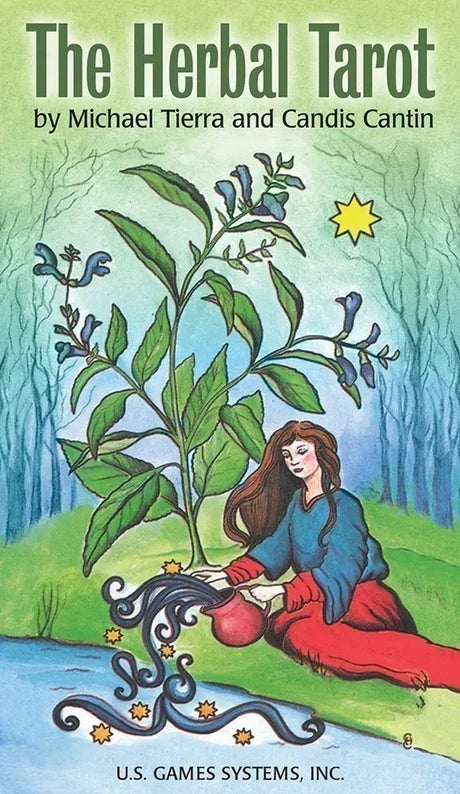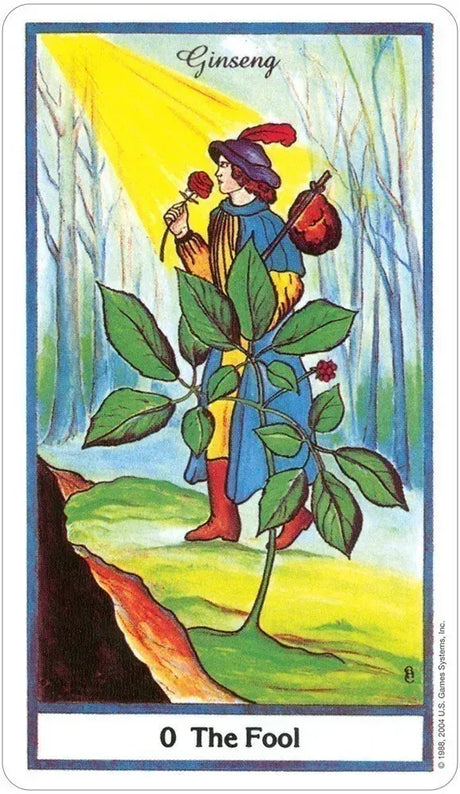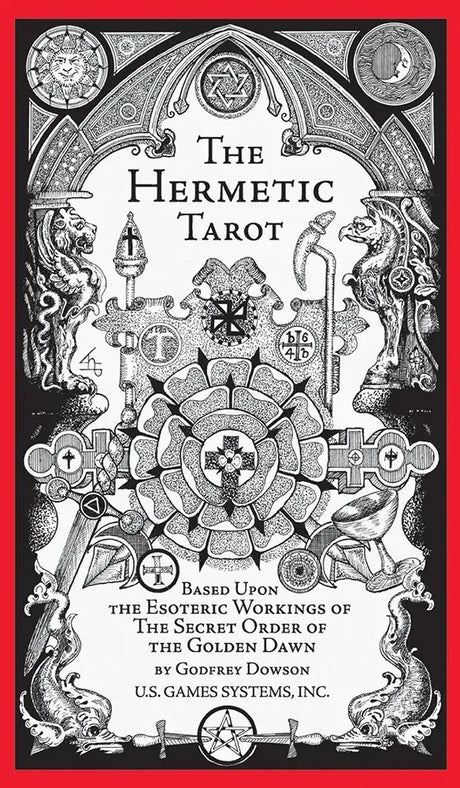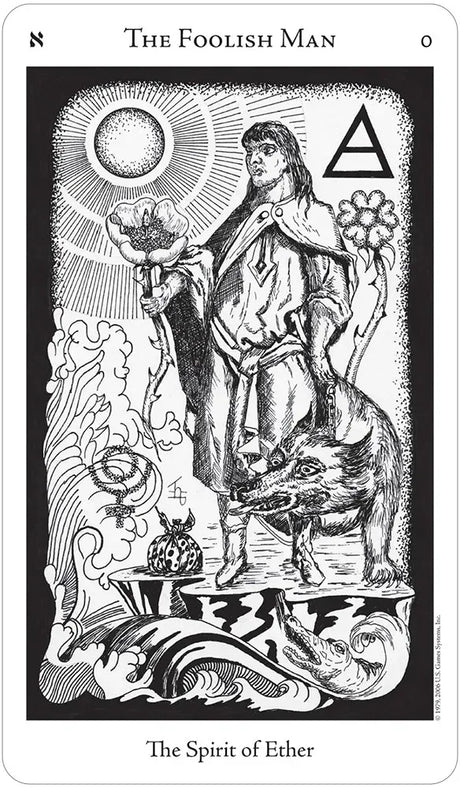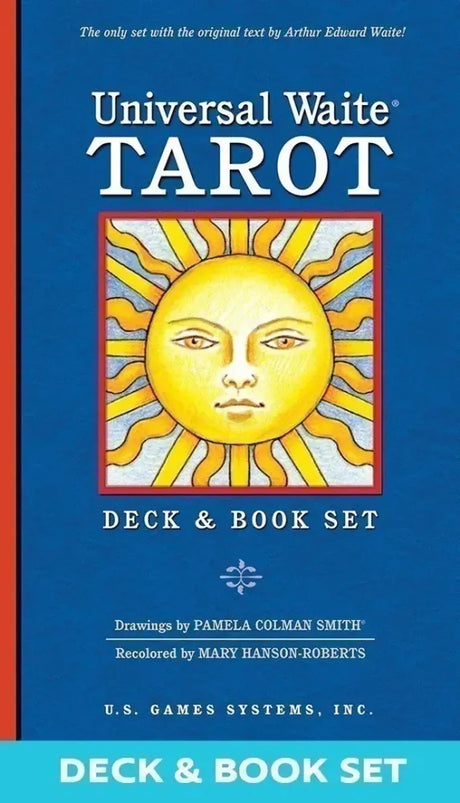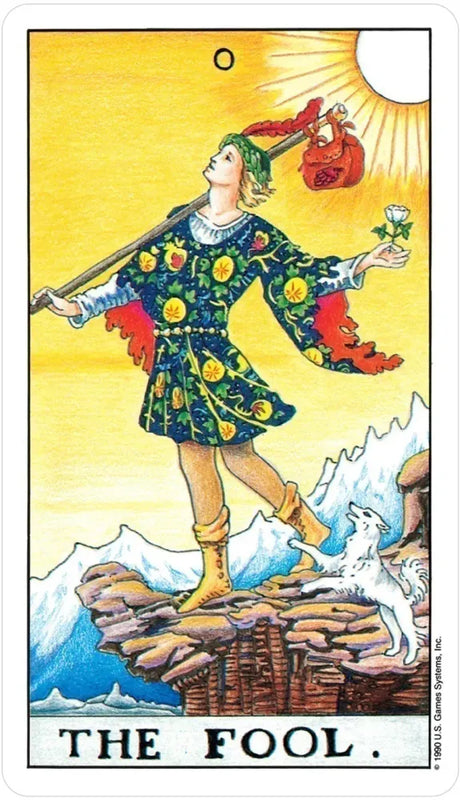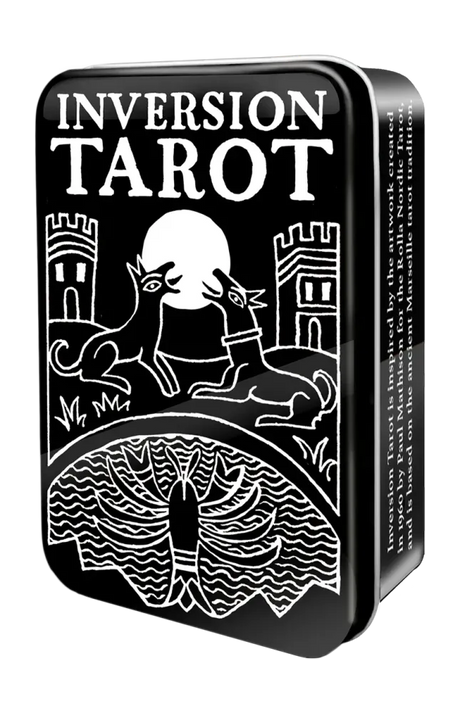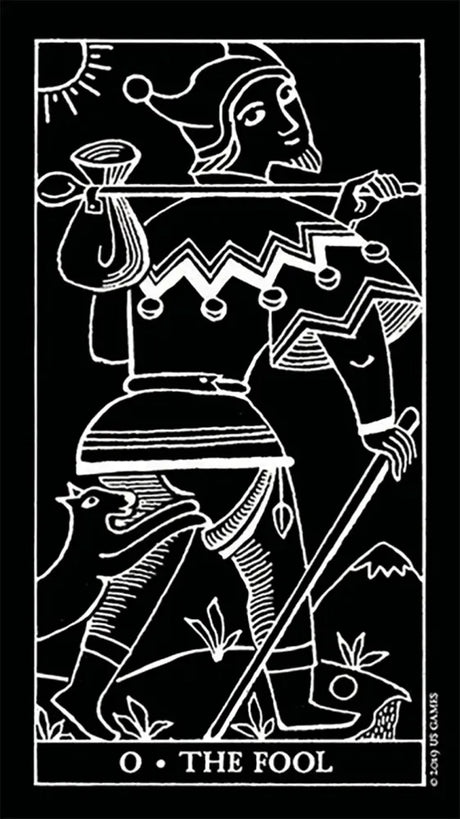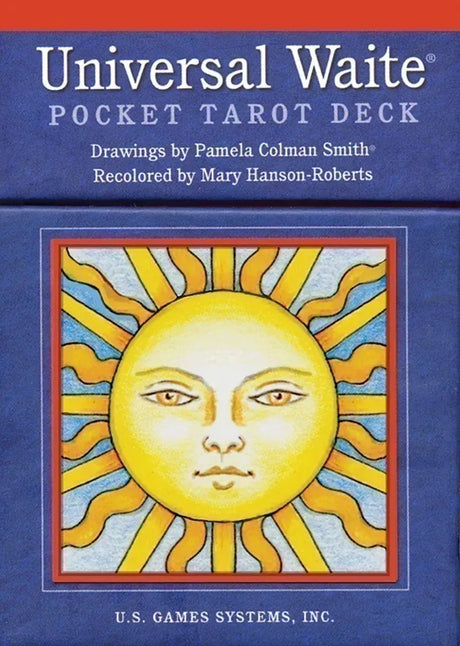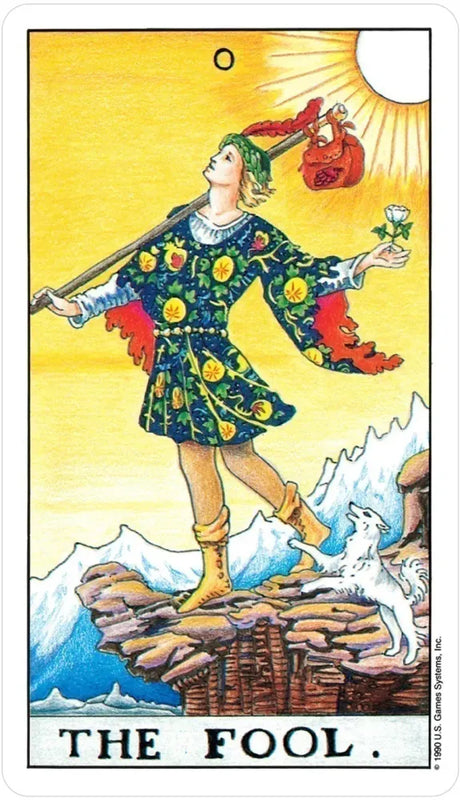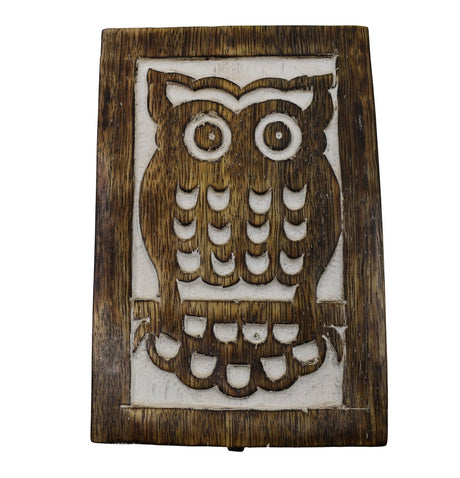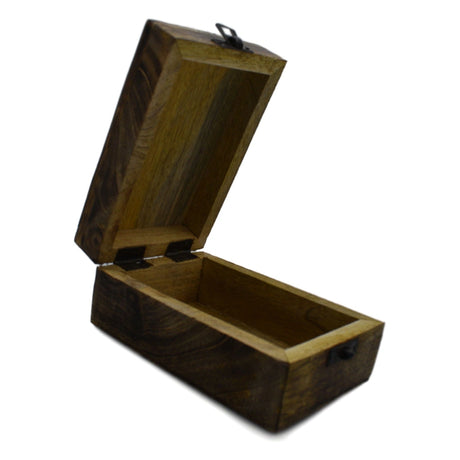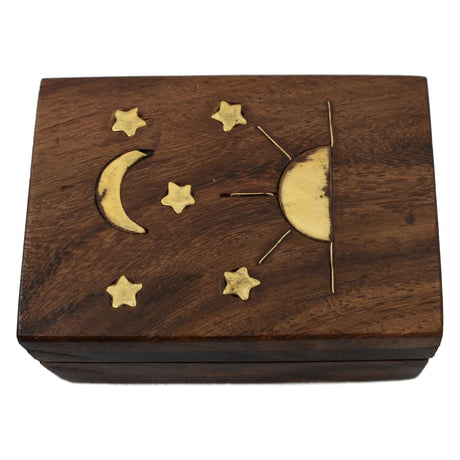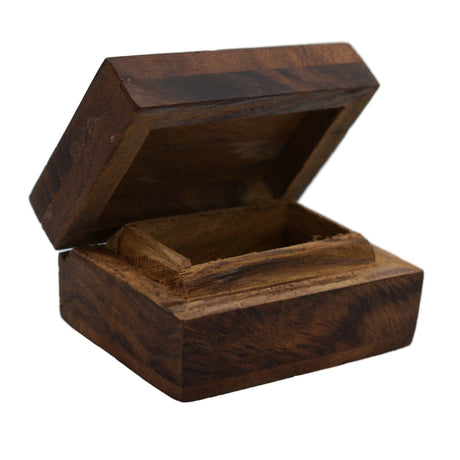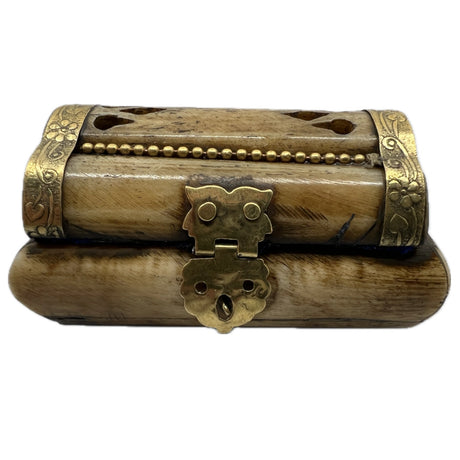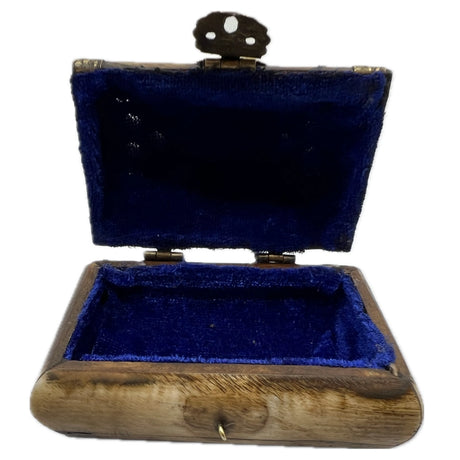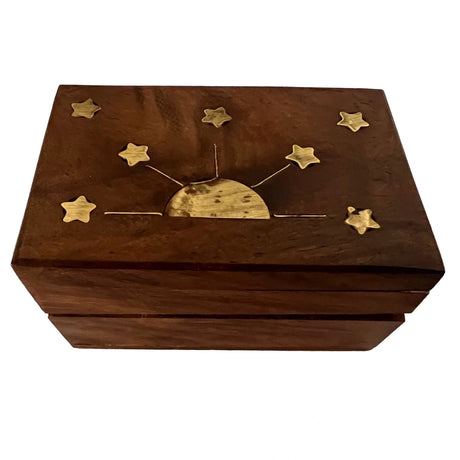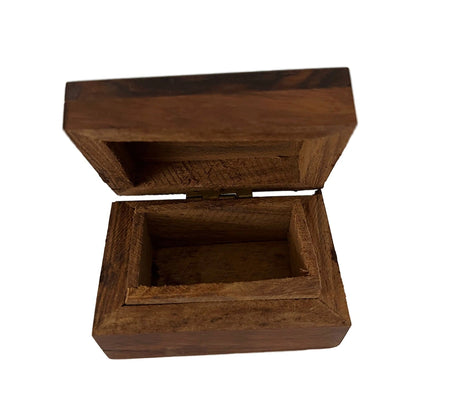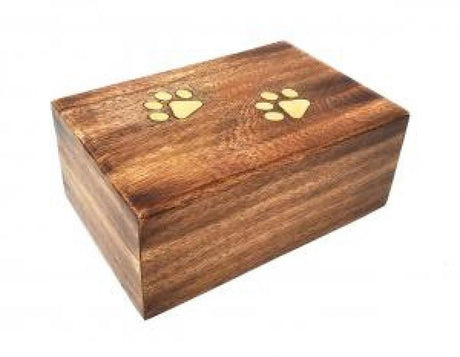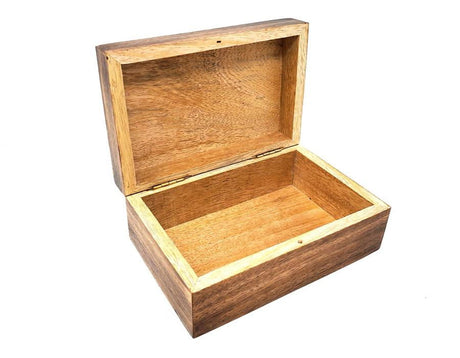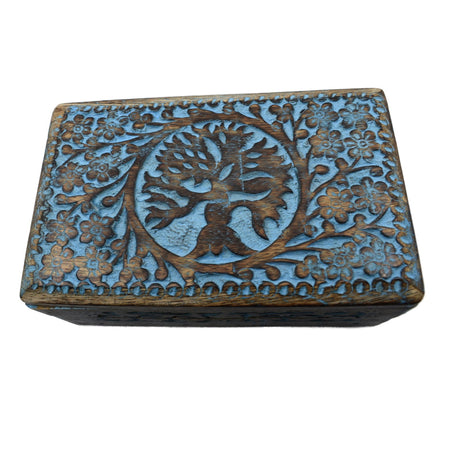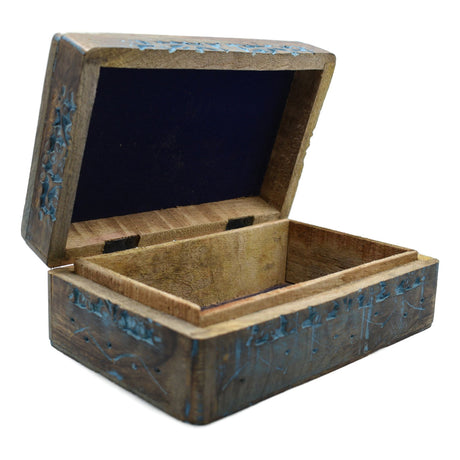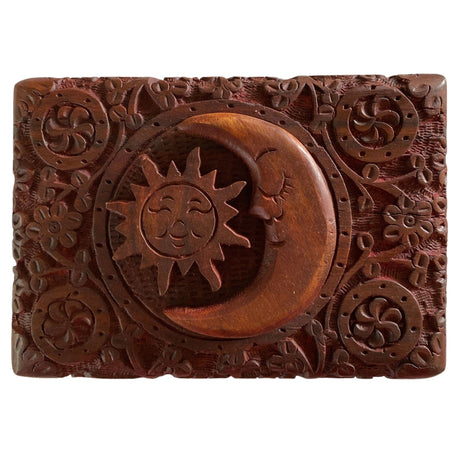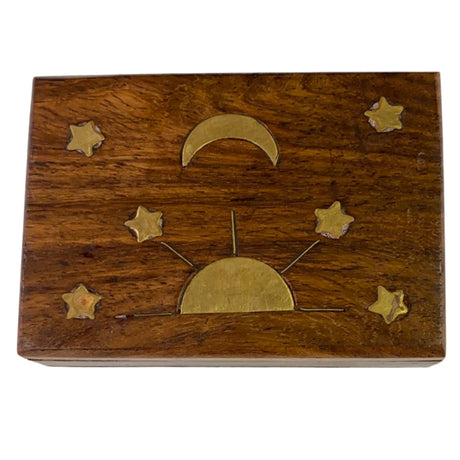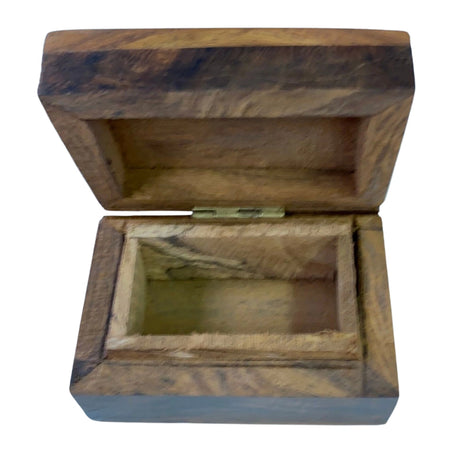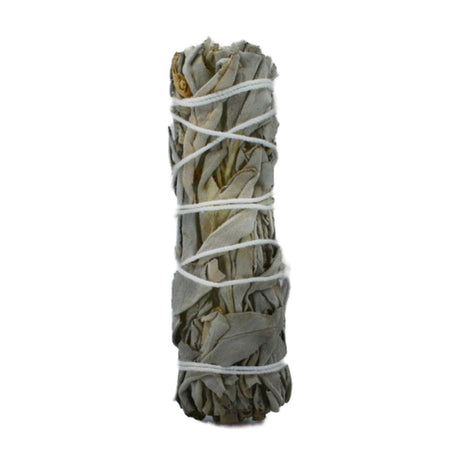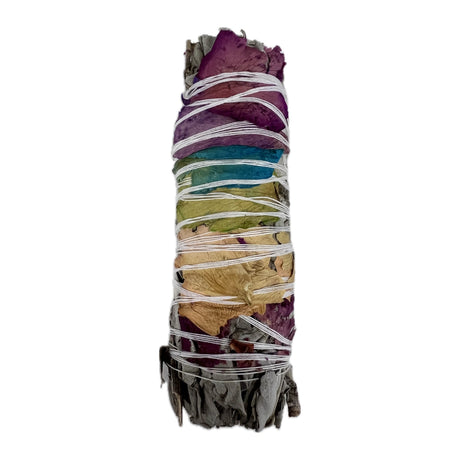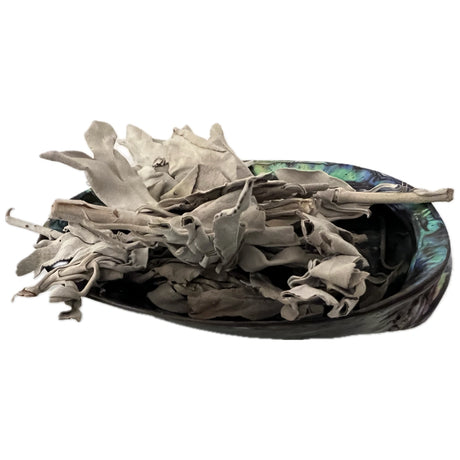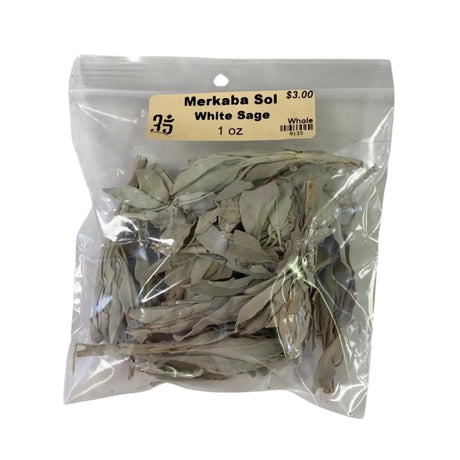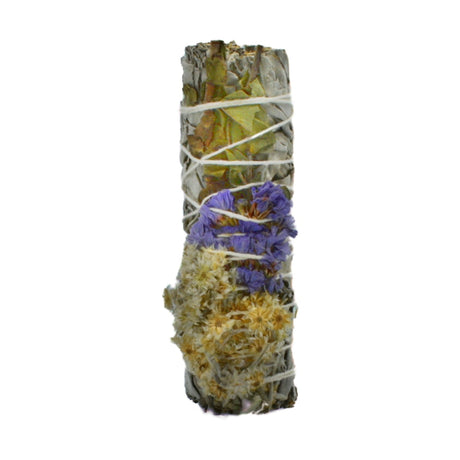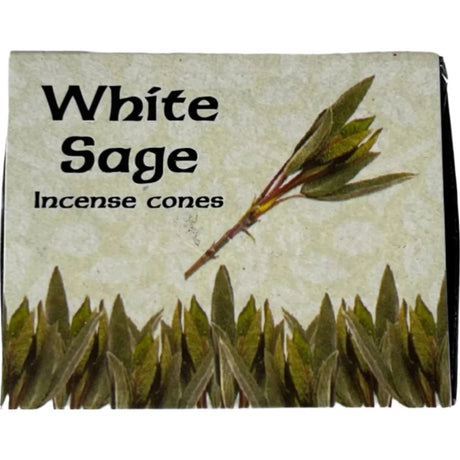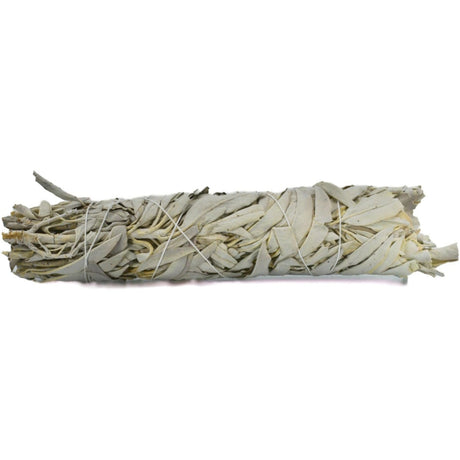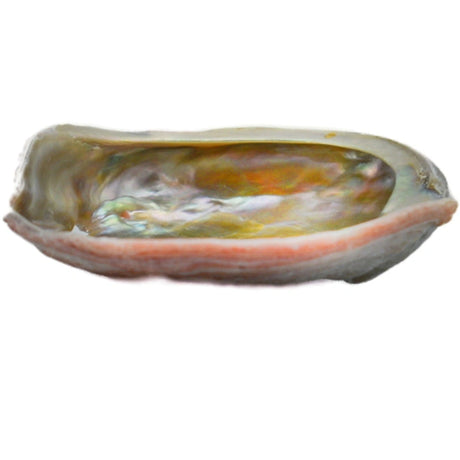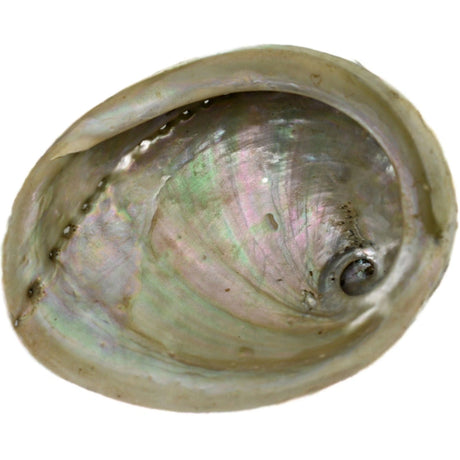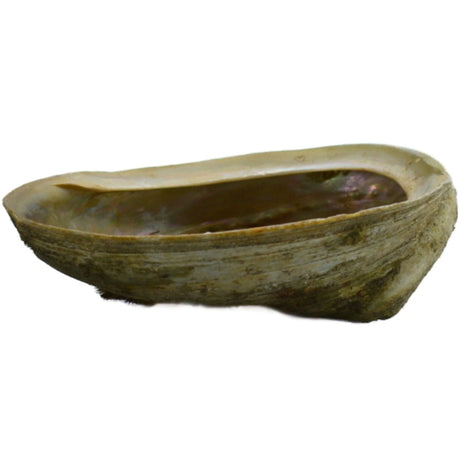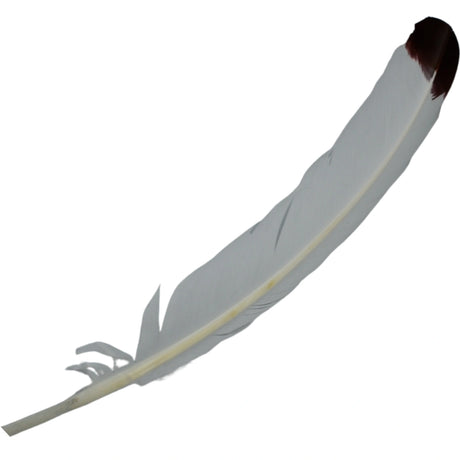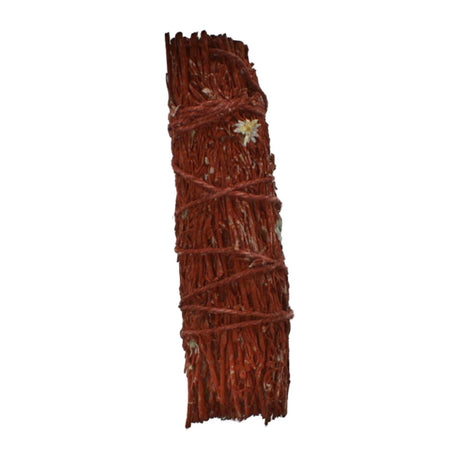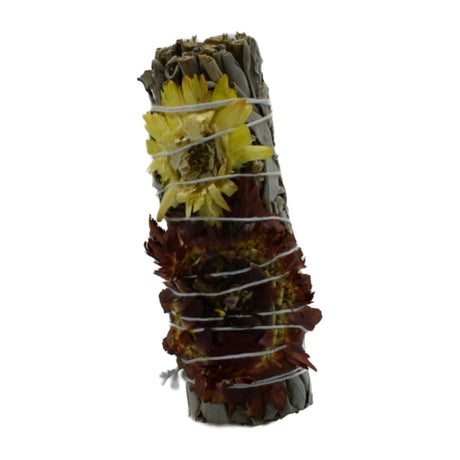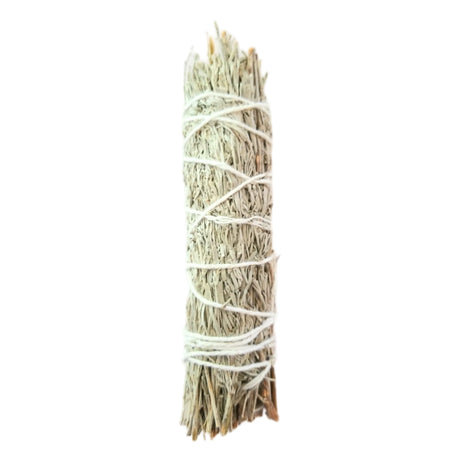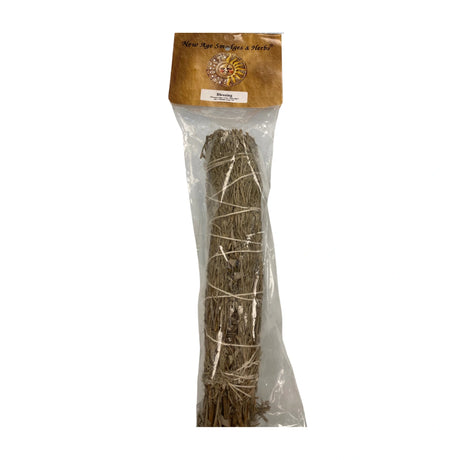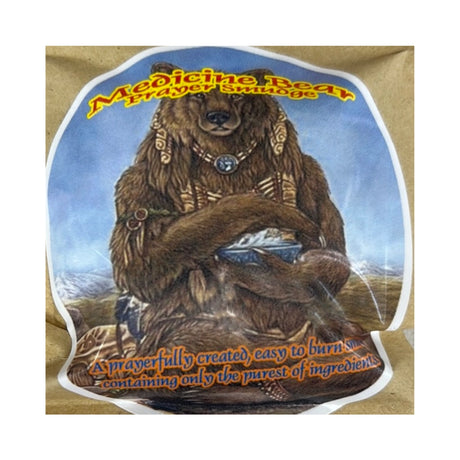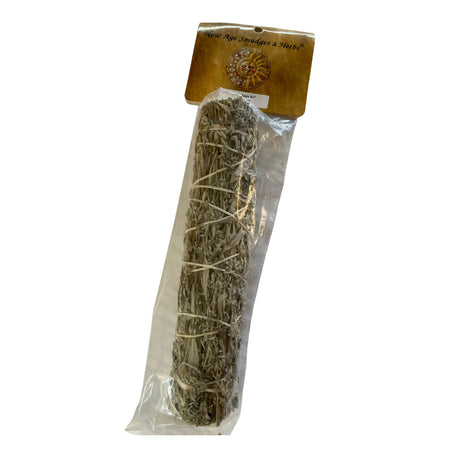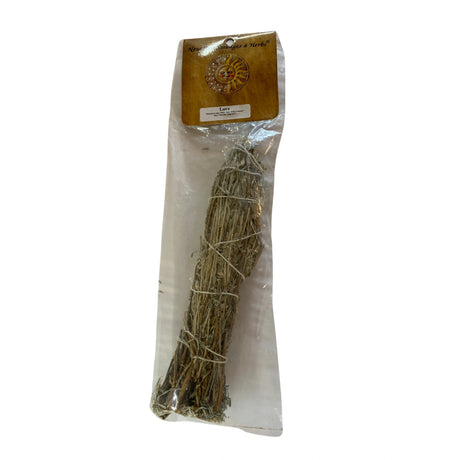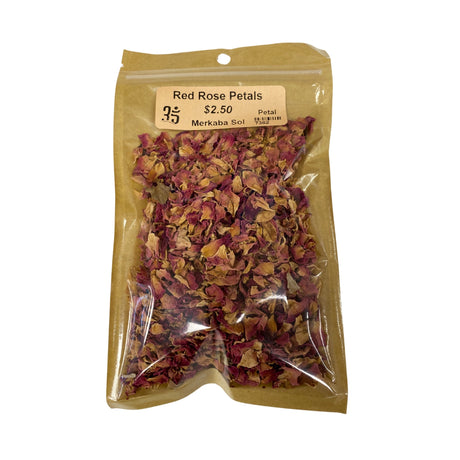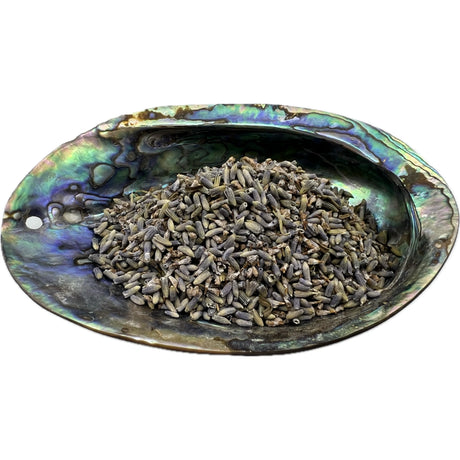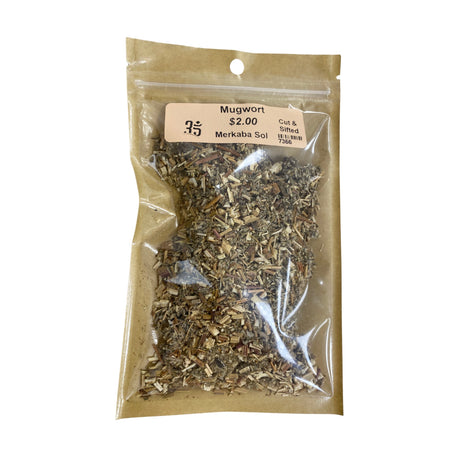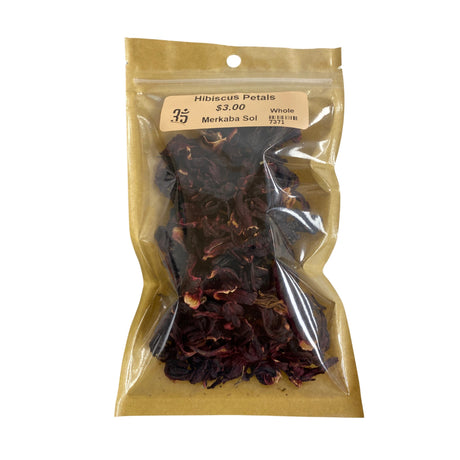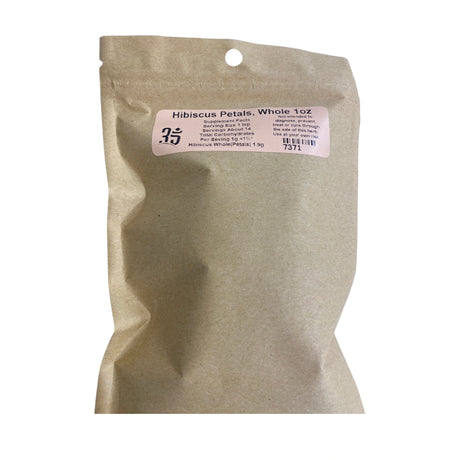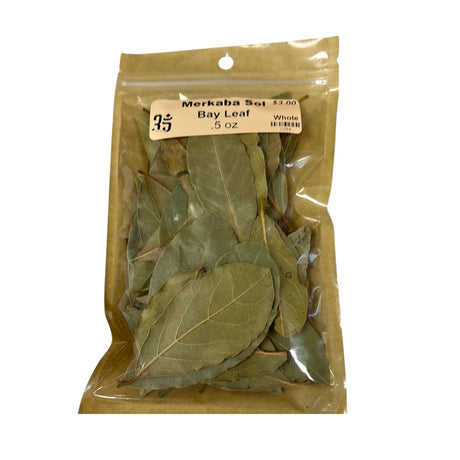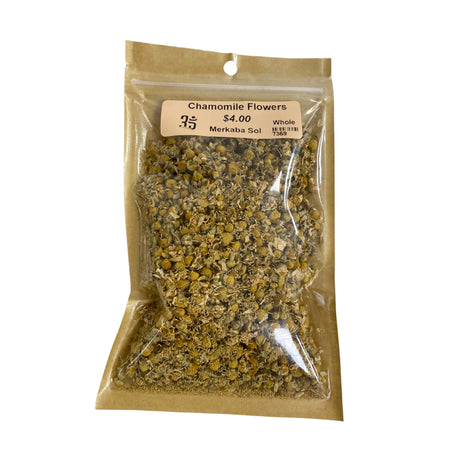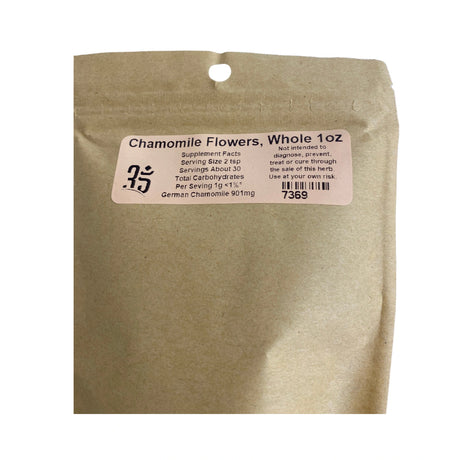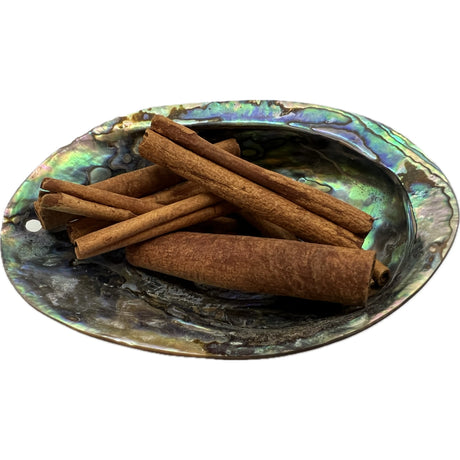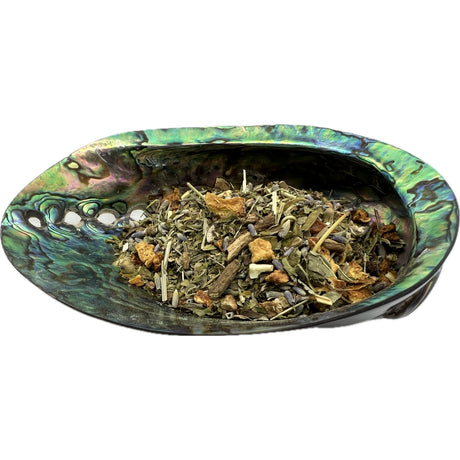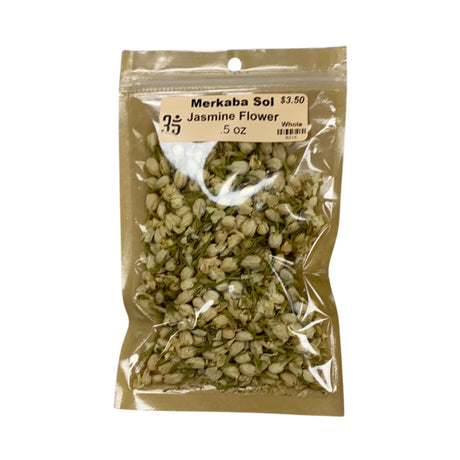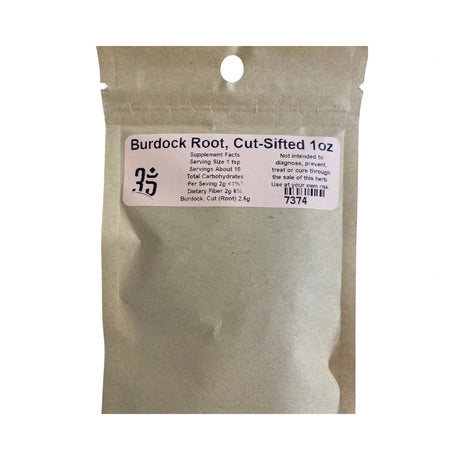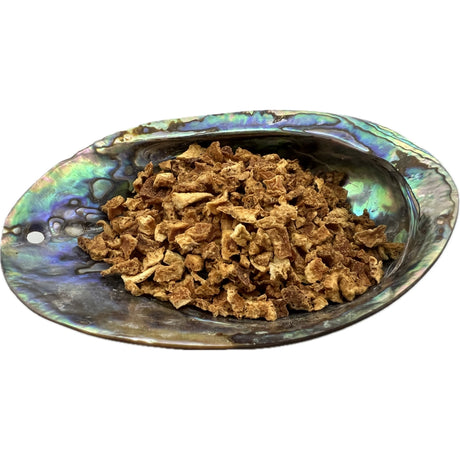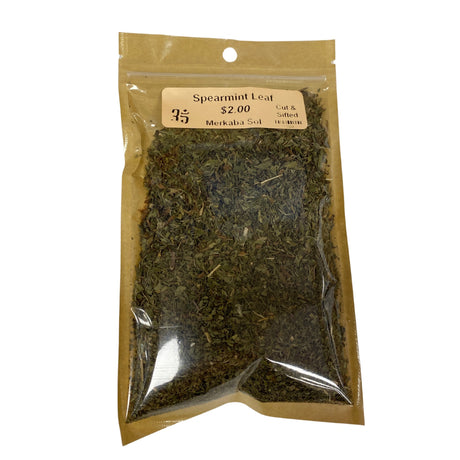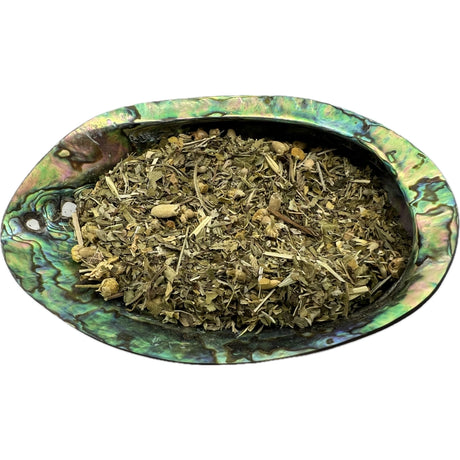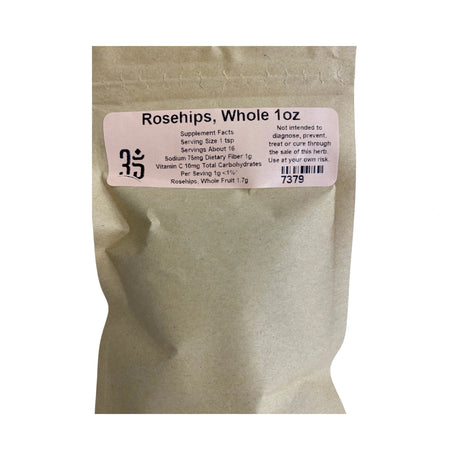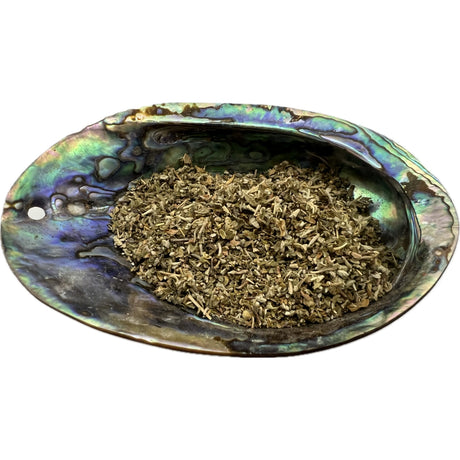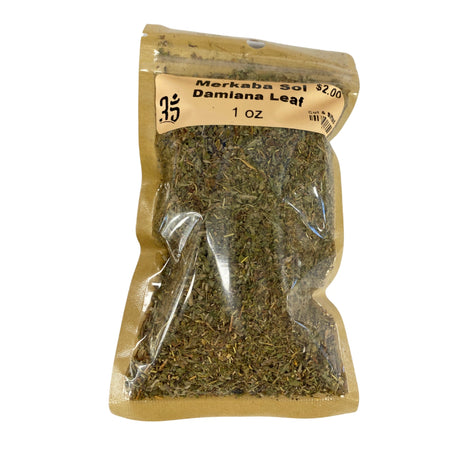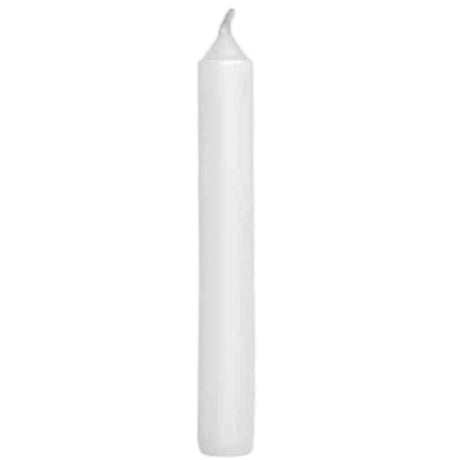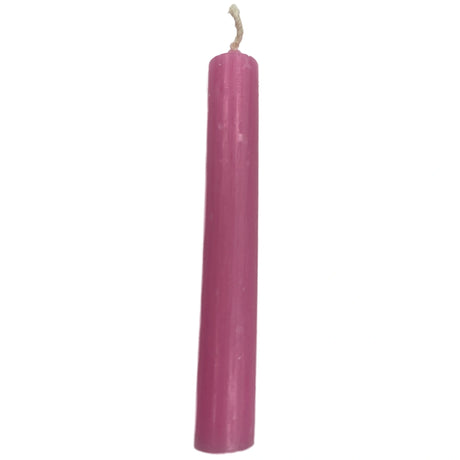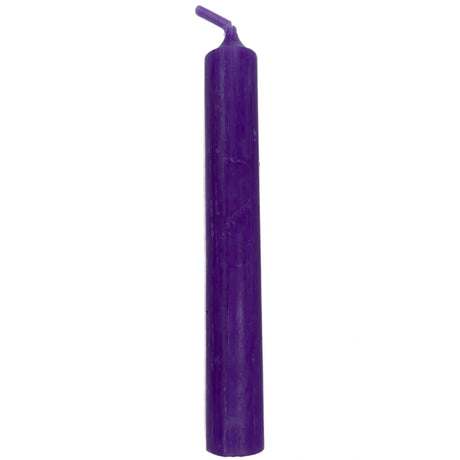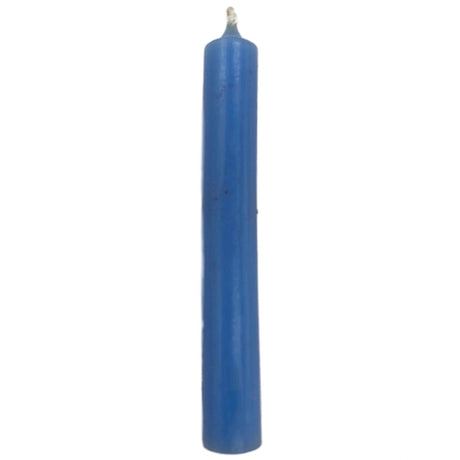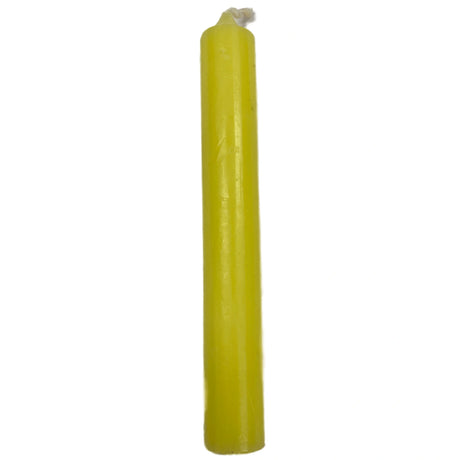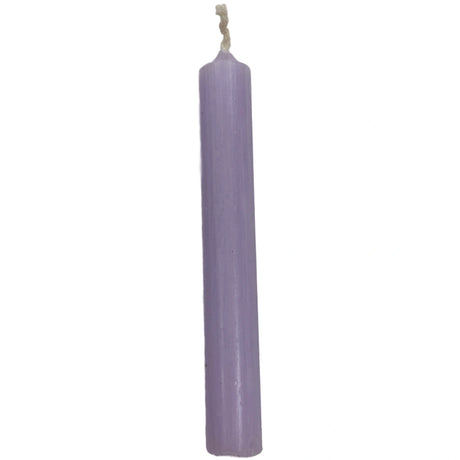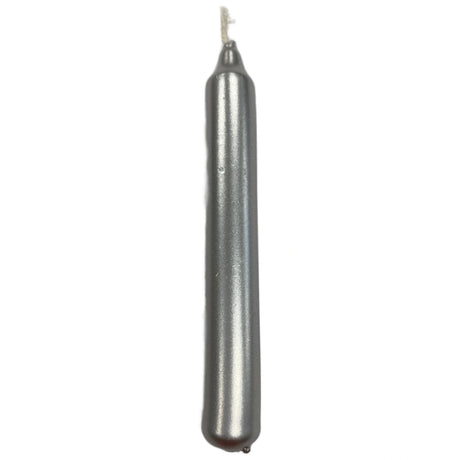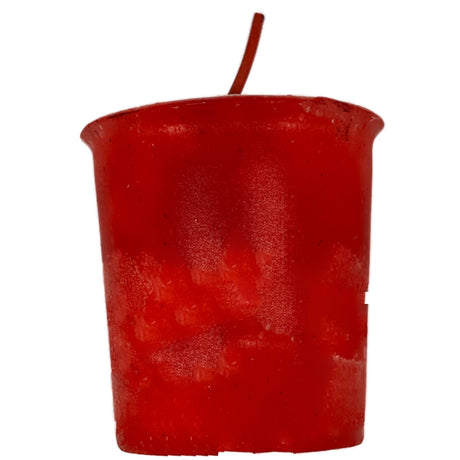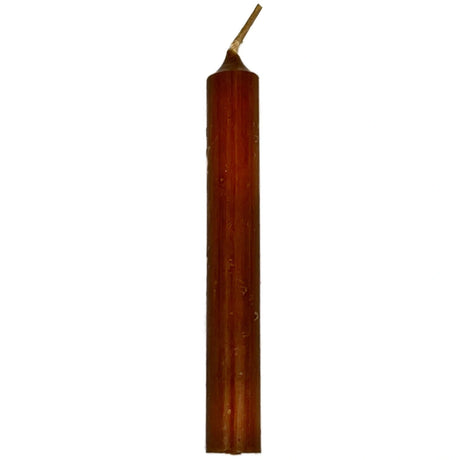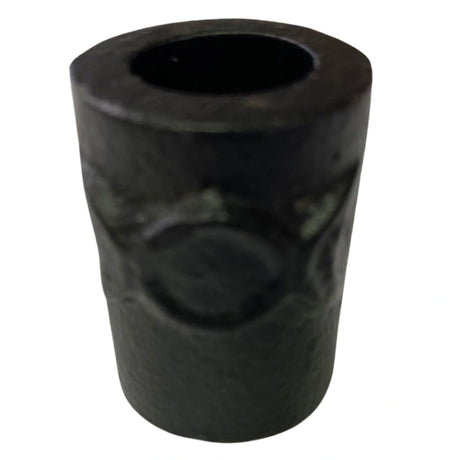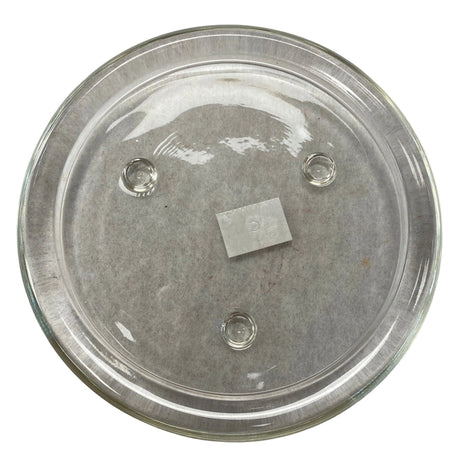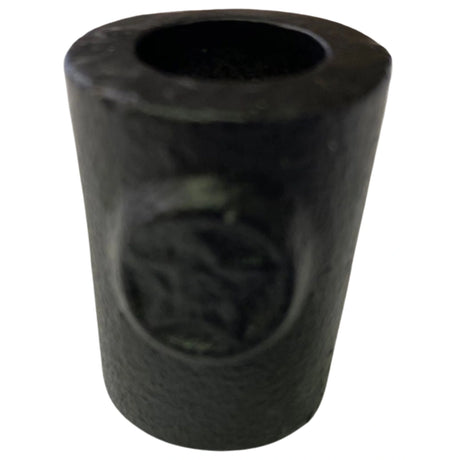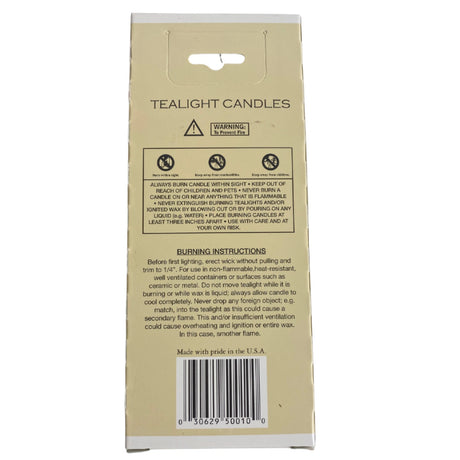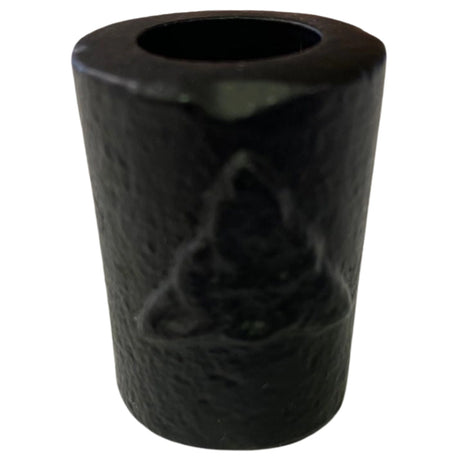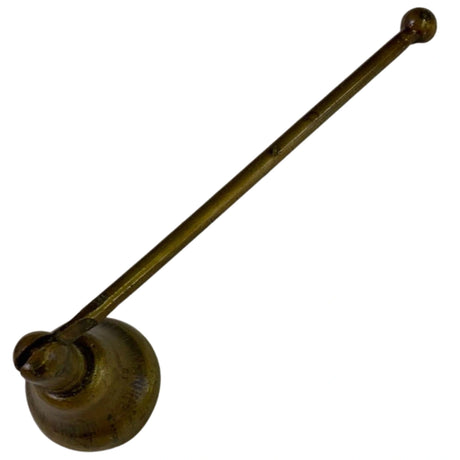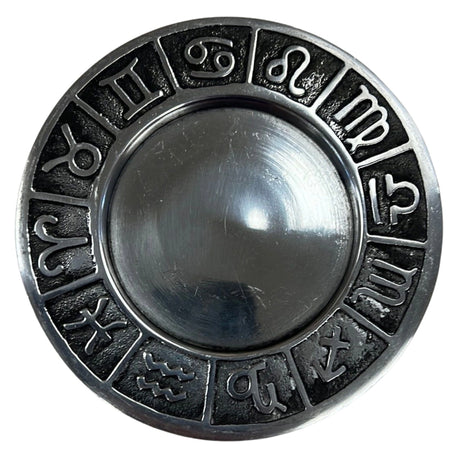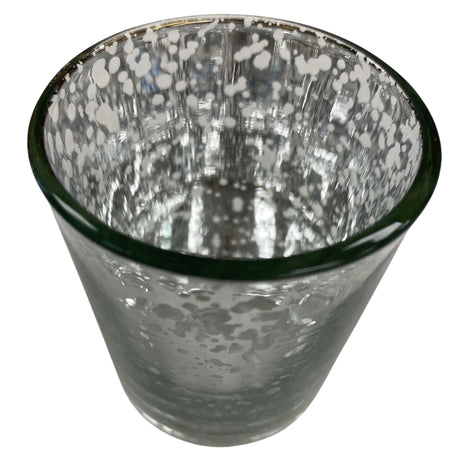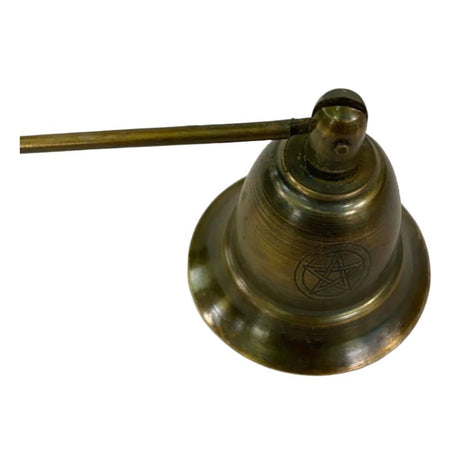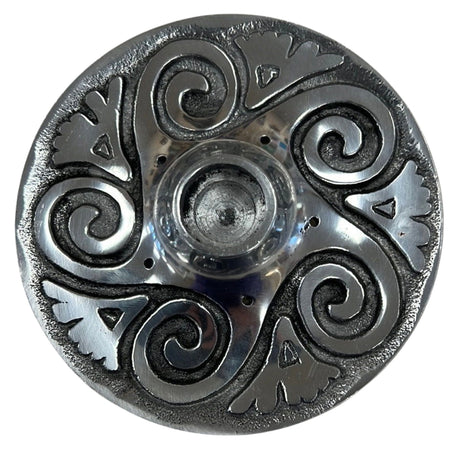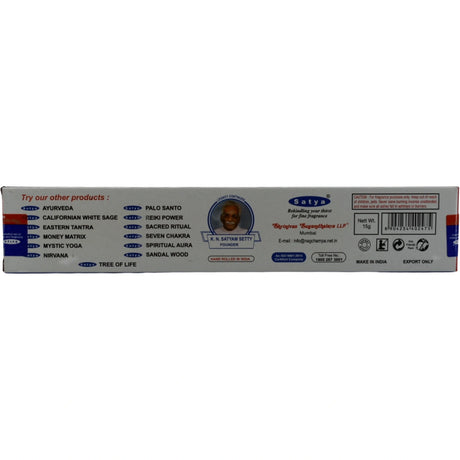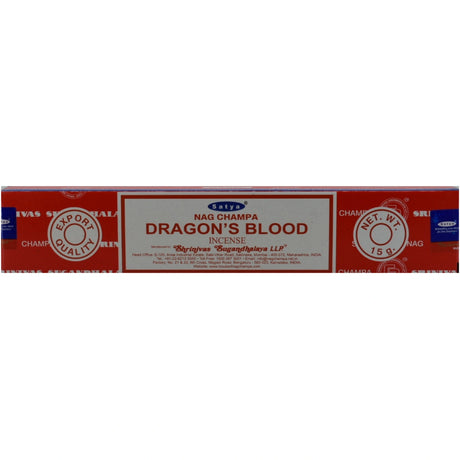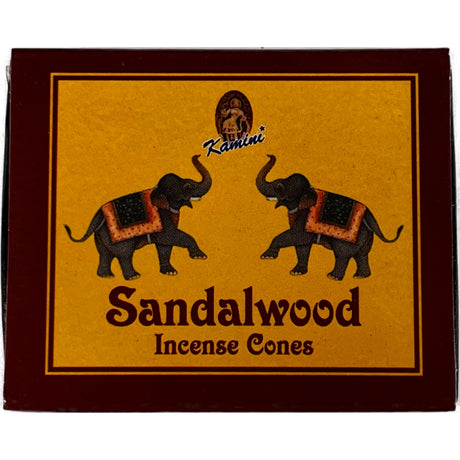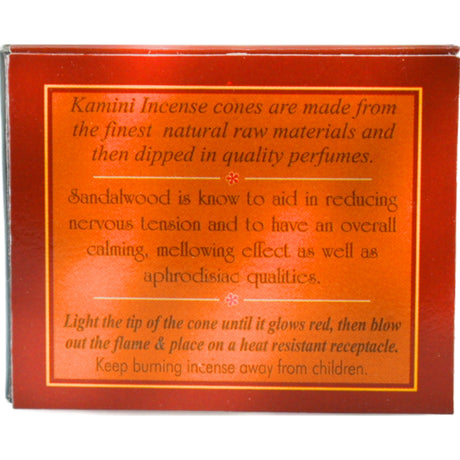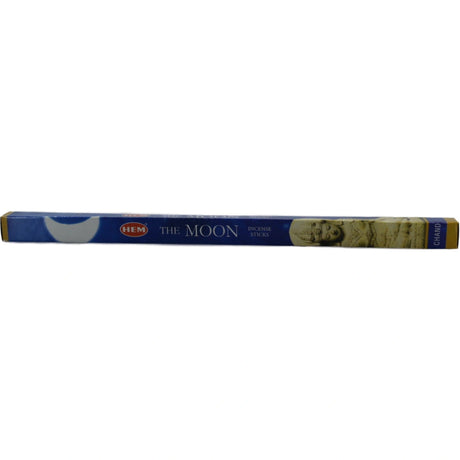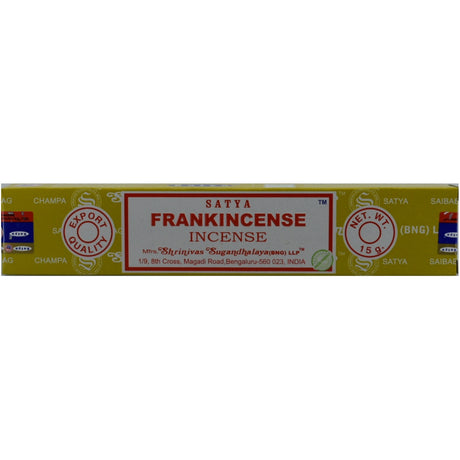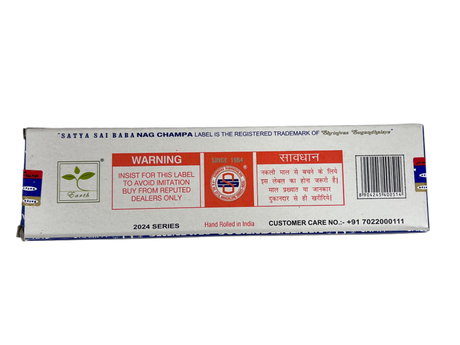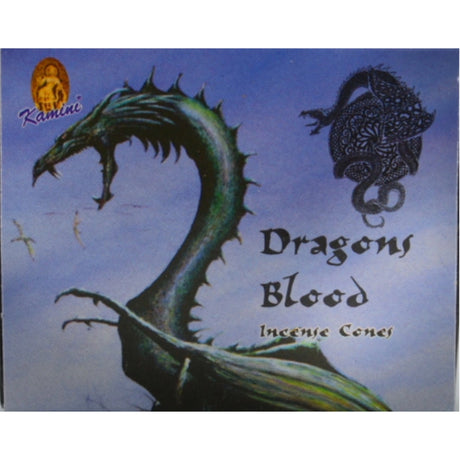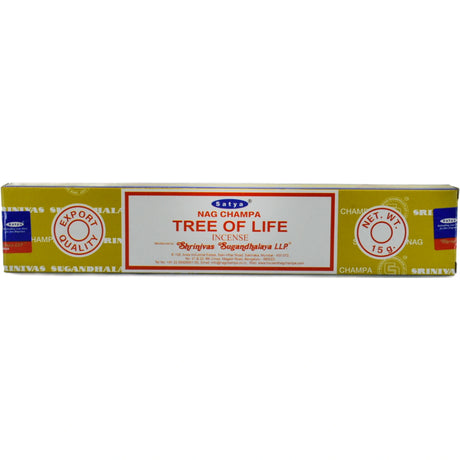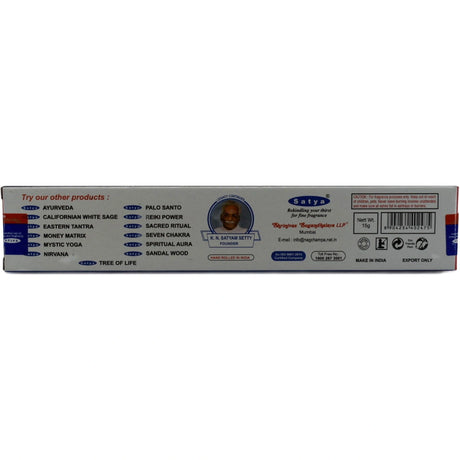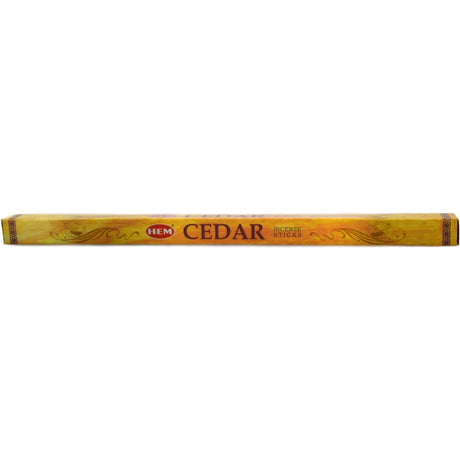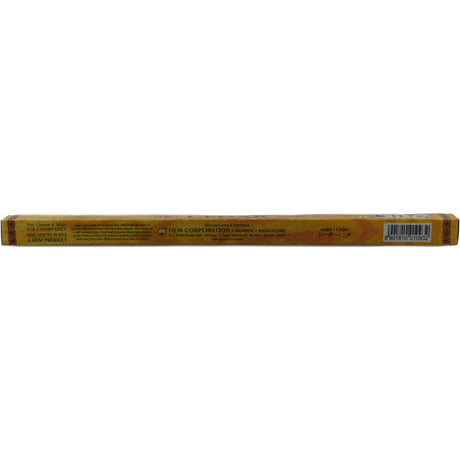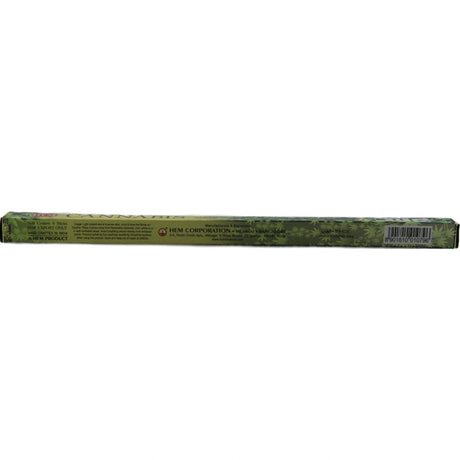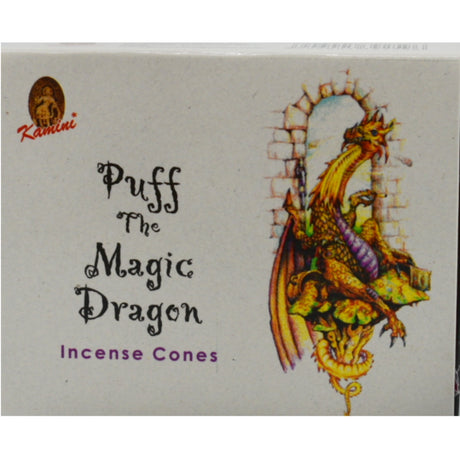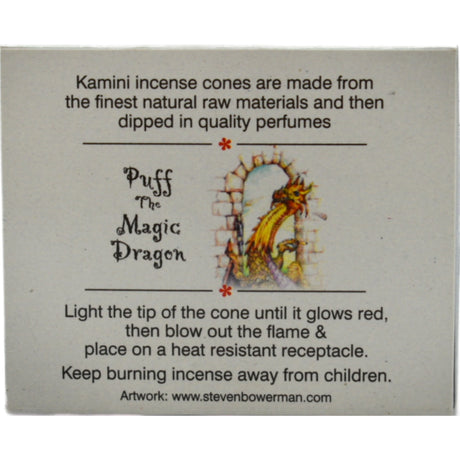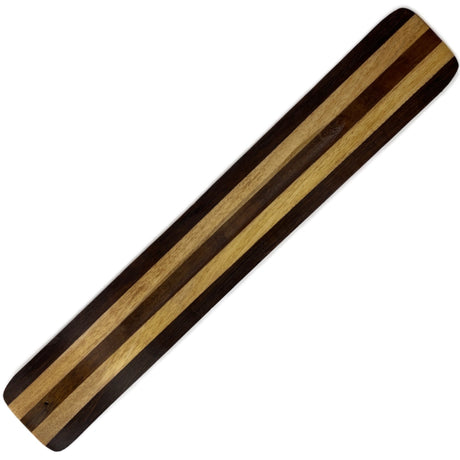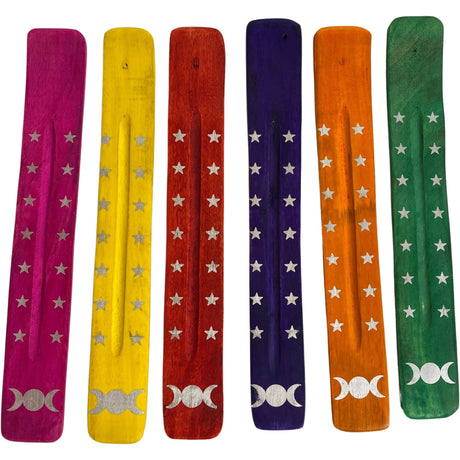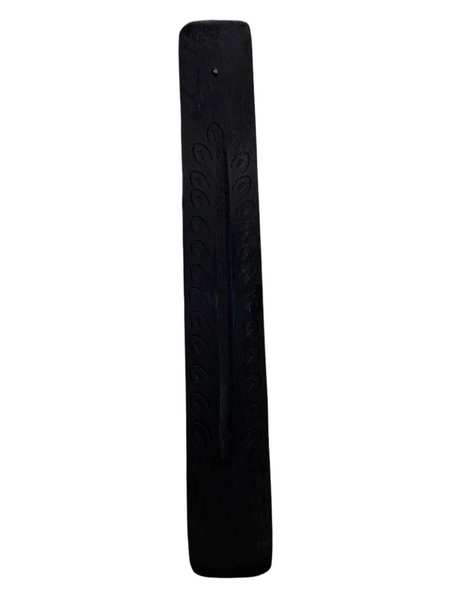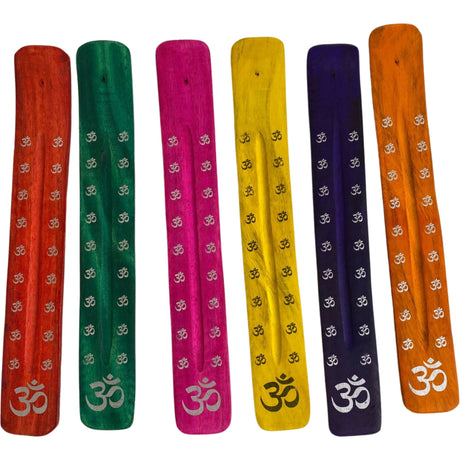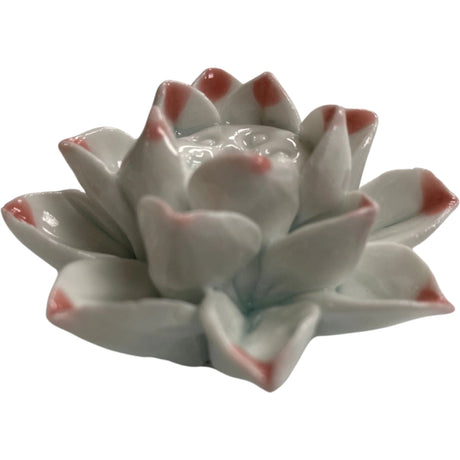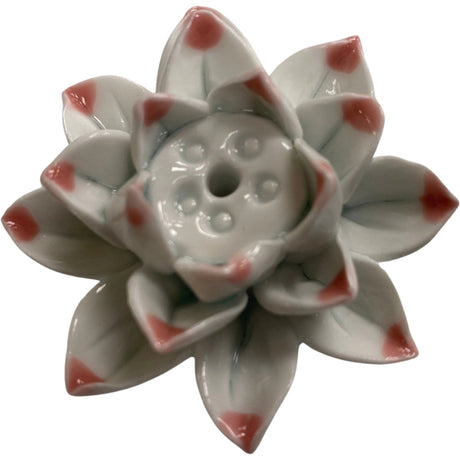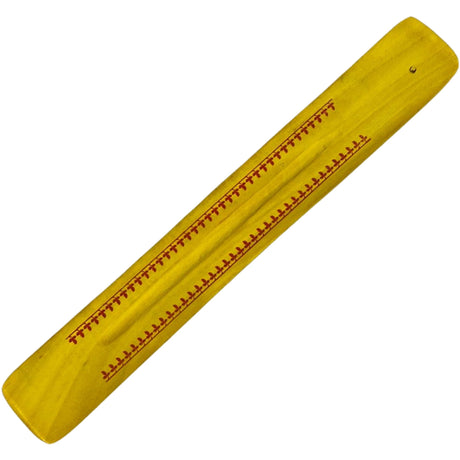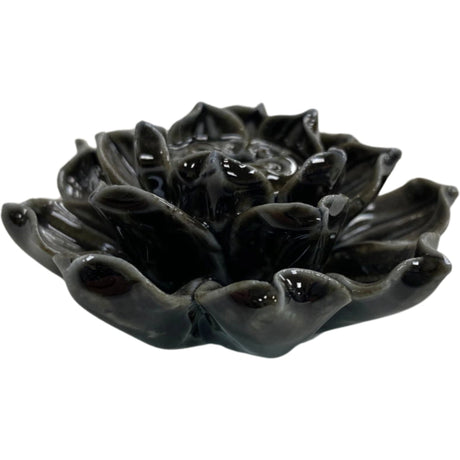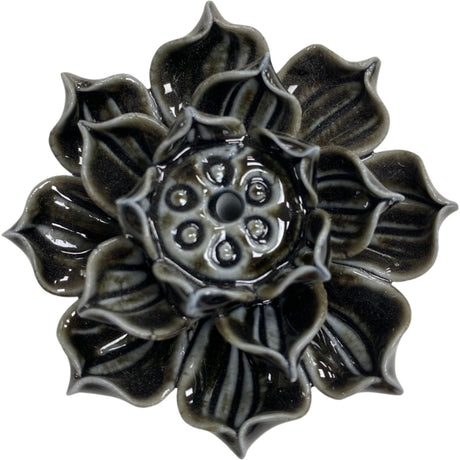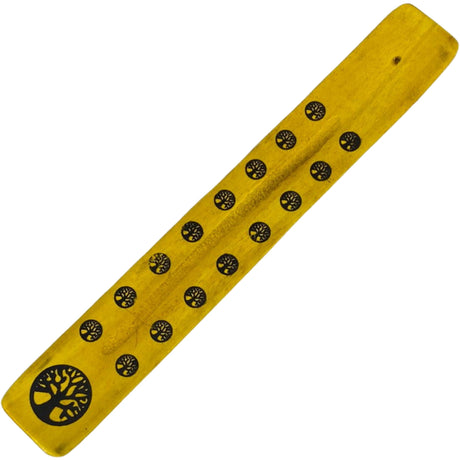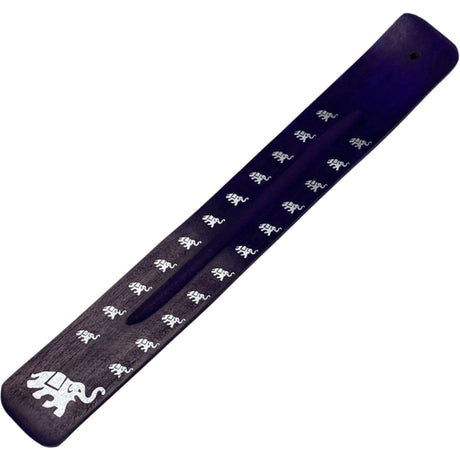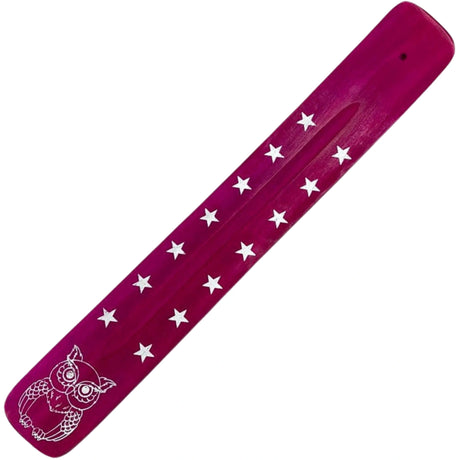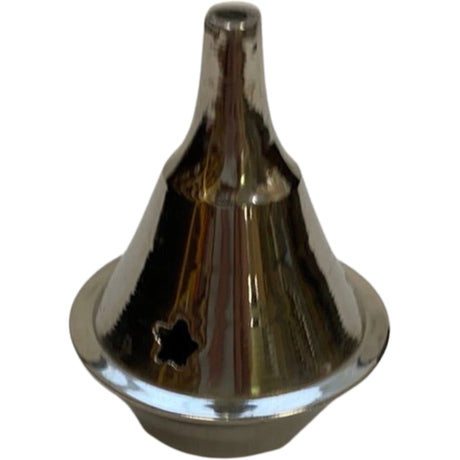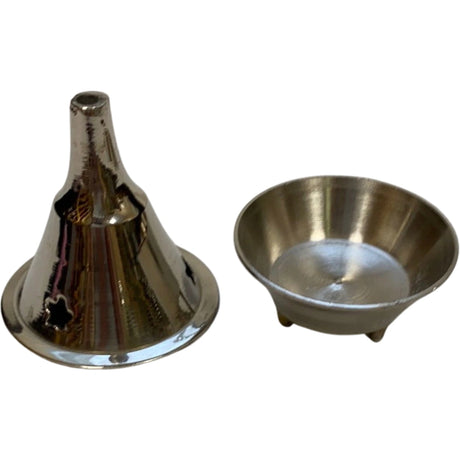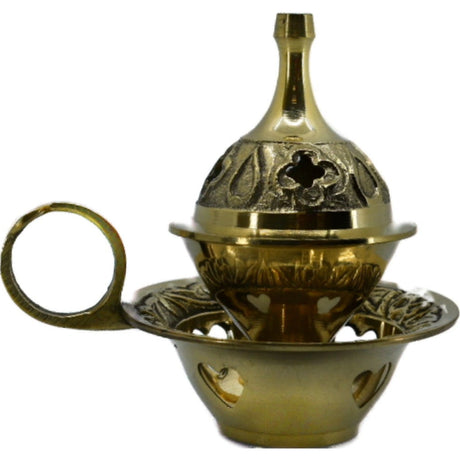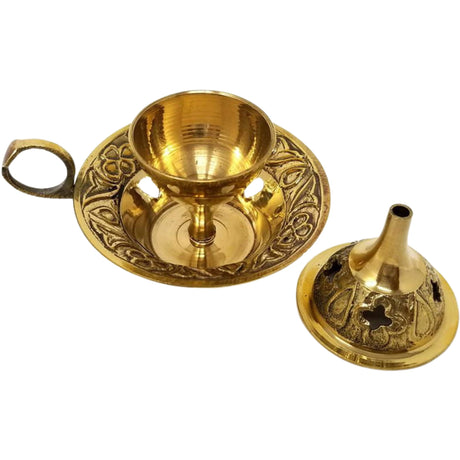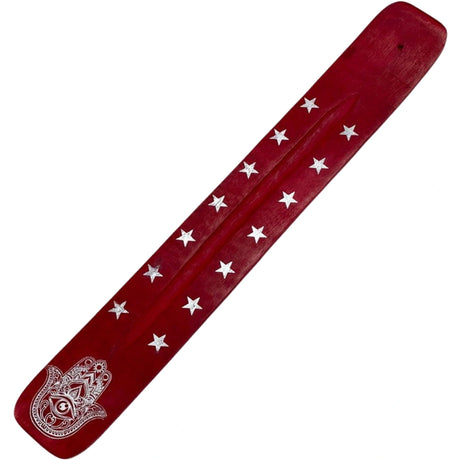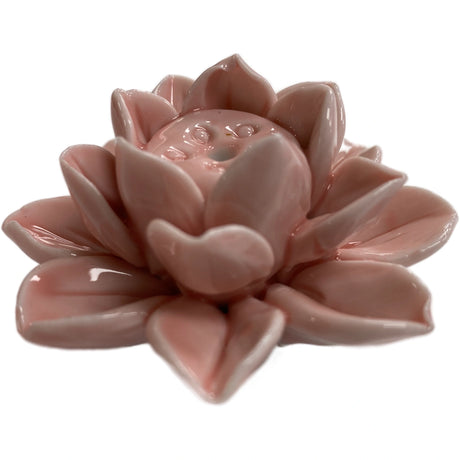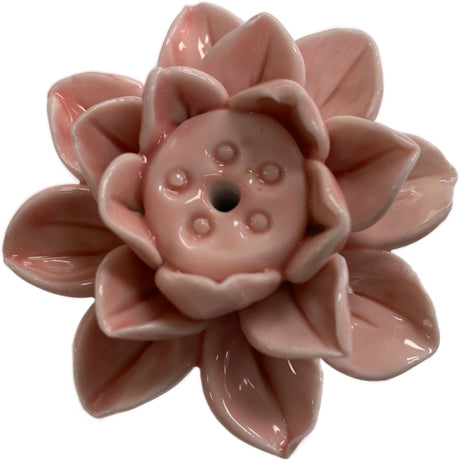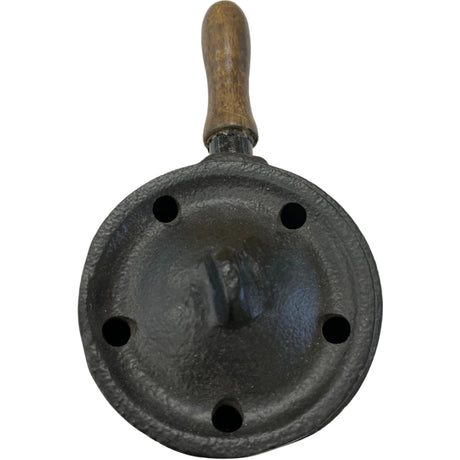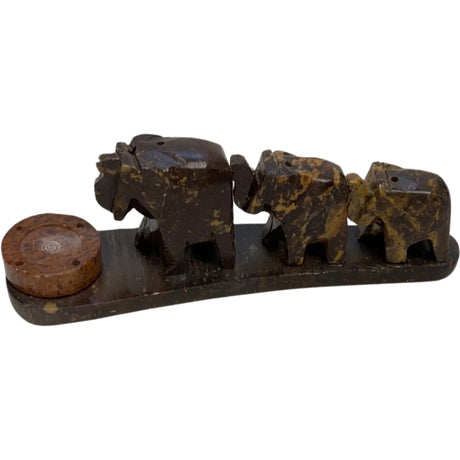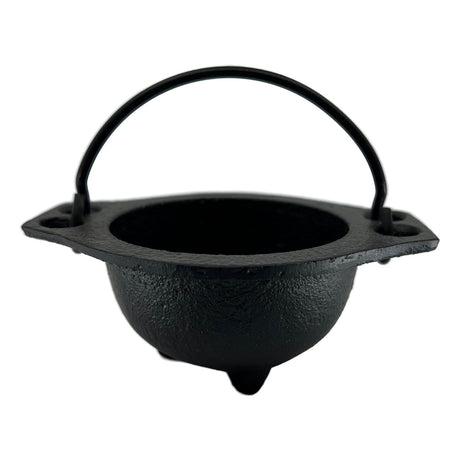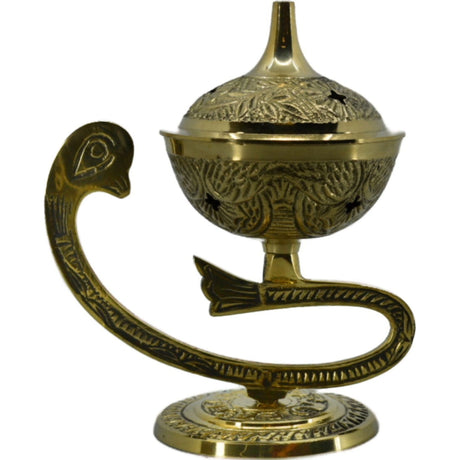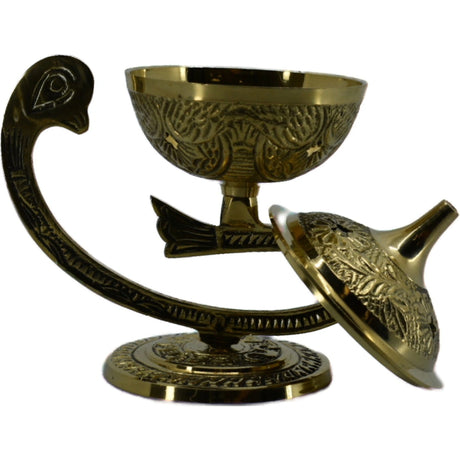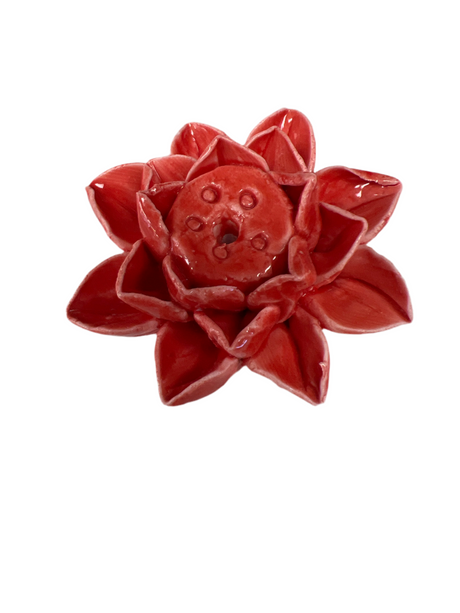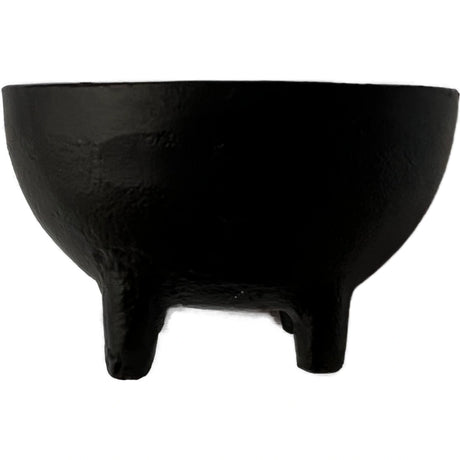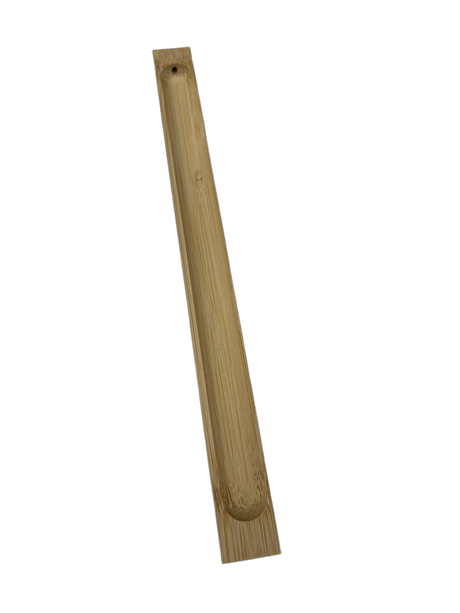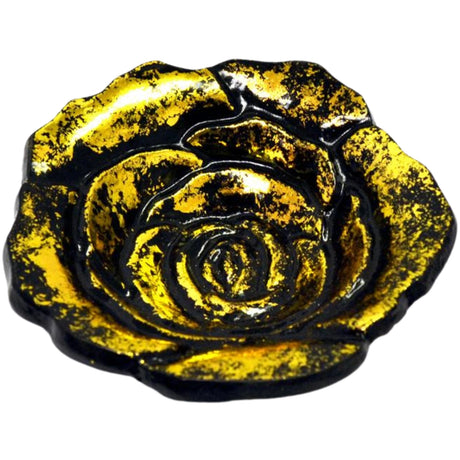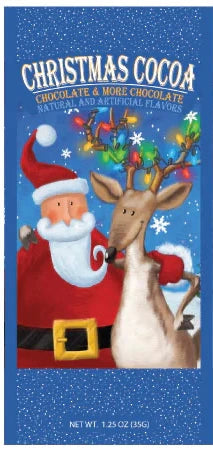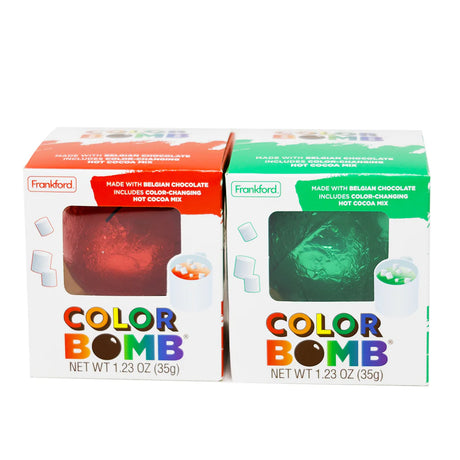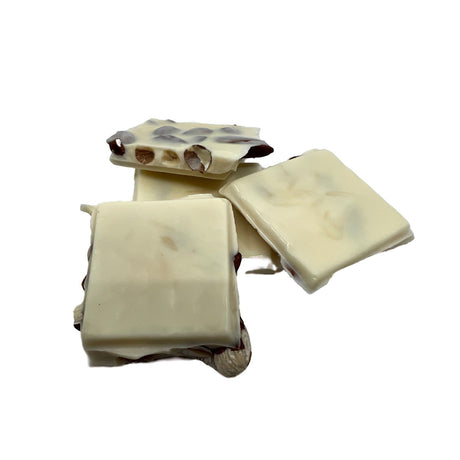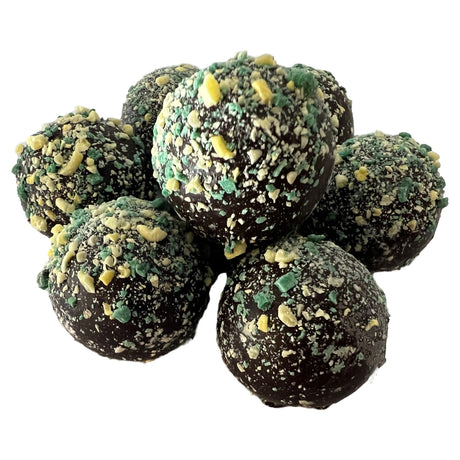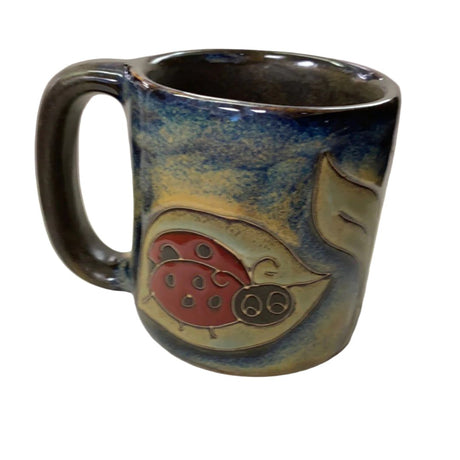Welcome to our enlightening blog post, where we embark on a transformative journey through the Major Arcana of the tarot deck. The Major Arcana cards, comprising 22 archetypal figures, hold profound symbolism and wisdom that offer deep insights into the human experience and the spiritual path. In this comprehensive guide, we will explore each of the Major Arcana cards, unravel their hidden meanings, and provide guidance on interpreting and integrating their messages into your tarot practice. Join us as we delve into the depths of the Major Arcana, unveiling the secrets they hold.
1: The Fool (Card 0) The Fool card represents new beginnings, innocence, and embracing the unknown. It encourages taking risks, trusting in the journey, and embracing the adventure of life. Key aspects to explore include:
-
Symbolism and Imagery: Analyze the symbolic elements depicted in the Fool card, such as the bag on the stick, the cliff, and the dog. Uncover their meanings and how they contribute to the overall message of the card.
-
Interpretation: Discuss the various interpretations of the Fool card, including its connection to spontaneity, optimism, and being open to life's possibilities. Provide examples of how this card can be interpreted in different contexts and readings.
2: The Magician (Card I) The Magician represents manifestation, power, and the ability to transform dreams into reality. It symbolizes the integration of the elements and the harnessing of personal will. Key aspects to explore include:
-
Symbolism and Tools: Examine the symbols present in the Magician card, such as the infinity symbol, the table with tools, and the four elements. Uncover the deeper meanings associated with these symbols and their relationship to personal empowerment.
-
Harnessing Personal Power: Discuss how the Magician card encourages individuals to tap into their inner resources, talents, and skills to manifest their desires. Explore the significance of focused intention and the balance of elemental energies in the manifestation process.
3: The High Priestess (Card II) The High Priestess embodies intuition, wisdom, and hidden knowledge. She represents the gateway to the subconscious mind and invites exploration of the mystical realms within. Key aspects to explore include:
-
Archetypal Symbols: Explore the symbolism present in the High Priestess card, such as the pillars, the veil, and the moon. Unveil the deeper meanings associated with these symbols and their significance in divination.
-
Intuition and Inner Guidance: Discuss how the High Priestess card encourages listeners to trust their intuition and inner knowing. Share techniques and practices to connect with this aspect of oneself and tap into the wellspring of wisdom within.
4: The Empress (Card III) The Empress embodies fertility, abundance, and nurturing energy. She represents the creative force and the power of Mother Earth. Key aspects to explore include:
-
Symbolism and Representation: Delve into the symbolism of the Empress card, such as the lush landscape, the pregnant belly, and the flowing river. Uncover the deeper meanings and the connection to nature and abundance.
-
Creative Expression and Nurturing: Discuss how the Empress card encourages self-expression, creativity, and nurturing qualities. Explore how this card can inspire individuals to connect with their creative energies and embrace their nurturing side.
5: The Emperor (Card IV) The Emperor represents authority, structure, and the embodiment of masculine energy. It symbolizes leadership, discipline, and the establishment of order. Key aspects to explore include:
-
Symbolism and Archetypal Figures: Examine the symbols present in the Emperor card, such as the throne, the scepter, and the armor. Uncover the deeper meanings associated with these symbols and their relationship to power and authority.
-
Establishing Boundaries and Taking Responsibility: Discuss how the Emperor card emphasizes the importance of setting boundaries, taking responsibility for one's actions, and creating a stable foundation. Explore the balance between structure and flexibility in leadership and personal growth.
6: The Hierophant (Card V) The Hierophant represents tradition, spirituality, and seeking guidance from established systems. It symbolizes the need for structure and conformity in certain aspects of life. Key aspects to explore include:
-
Symbolism and Archetypal Figures: Examine the symbols present in the Hierophant card, such as the religious figures, the pillars, and the keys. Uncover the deeper meanings associated with these symbols and their relationship to spiritual teachings and institutions.
-
Seeking Spiritual Guidance: Discuss how the Hierophant card encourages individuals to seek wisdom and guidance from established spiritual traditions, mentors, or teachers. Explore the role of spirituality and tradition in personal growth and development.
7: The Lovers (Card VI) The Lovers card represents love, relationships, and choices. It symbolizes the union of opposites and the need for harmony and balance in partnerships. Key aspects to explore include:
-
Symbolism and Imagery: Examine the symbols present in the Lovers card, such as the two figures, the angel, and the tree of life. Uncover the deeper meanings associated with these symbols and their representation of love and choices.
-
Relationship Dynamics: Discuss how the Lovers card reflects the complexities of relationships and the importance of making conscious choices. Explore the themes of love, trust, and mutual support in partnerships.
8: The Chariot (Card VII) The Chariot embodies determination, willpower, and overcoming obstacles. It symbolizes taking control of one's life and moving forward with confidence. Key aspects to explore include:
-
Symbolism and Archetypal Figures: Examine the symbols present in the Chariot card, such as the chariot itself, the horses, and the driver. Uncover the deeper meanings associated with these symbols and their representation of personal drive and ambition.
-
Harnessing Personal Power: Discuss how the Chariot card encourages individuals to harness their inner strength and willpower to overcome challenges and achieve success. Explore the balance between assertiveness and maintaining control in various areas of life.
9: Strength (Card VIII) Strength represents inner courage, resilience, and the power of compassion. It symbolizes taming the inner beast and finding strength through gentleness. Key aspects to explore include:
-
Symbolism and Imagery: Examine the symbols present in the Strength card, such as the lion, the infinity symbol, and the woman's hands. Uncover the deeper meanings associated with these symbols and their representation of inner strength and compassion.
-
Inner and Outer Strength: Discuss how the Strength card reminds us of the importance of nurturing our inner strength and finding compassion for ourselves and others. Explore techniques and practices to cultivate resilience and harness our inner power.
10: The Hermit (Card IX) The Hermit represents introspection, solitude, and inner wisdom. It symbolizes the need for self-reflection and seeking answers within. Key aspects to explore include:
-
Symbolism and Archetypal Figures: Examine the symbols present in the Hermit card, such as the lantern, the staff, and the mountain. Uncover the deeper meanings associated with these symbols and their representation of inner illumination and guidance.
-
Self-Reflection and Seeking Truth: Discuss how the Hermit card encourages individuals to embark on a journey of self-discovery and seek answers through introspection and solitude. Explore the significance of embracing solitude as a means to find inner wisdom.
11: The Wheel of Fortune (Card X) The Wheel of Fortune represents destiny, cycles, and unexpected changes. It symbolizes the ever-turning wheel of life and the need to embrace the ups and downs. Key aspects to explore include:
-
Symbolism and Imagery: Examine the symbols present in the Wheel of Fortune card, such as the wheel itself, the figures, and the four elemental symbols. Uncover the deeper meanings associated with these symbols and their representation of fate and cosmic cycles.
-
Embracing Change: Discuss how the Wheel of Fortune card reminds us that life is full of constant change and cycles. Explore the importance of adapting, going with the flow, and finding opportunities amidst unexpected turns.
12: Justice (Card XI) Justice embodies fairness, truth, and the balancing of energies. It symbolizes the need for integrity and making just decisions. Key aspects to explore include:
-
Symbolism and Archetypal Figures: Examine the symbols present in the Justice card, such as the scales, the sword, and the blindfold. Uncover the deeper meanings associated with these symbols and their representation of balance and impartiality.
-
Seeking Truth and Fairness: Discuss how the Justice card emphasizes the importance of seeking truth, making fair decisions, and upholding moral values. Explore the concept of karmic justice and the consequences of our actions.
-
Symbolism and Imagery: Examine the symbols present in the Hanged Man card, such as the figure hanging upside down, the halo, and the tree. Uncover the deeper meanings associated with these symbols and their representation of surrender and enlightenment.
-
Surrendering and Letting Go: Discuss how the Hanged Man card invites us to surrender our attachment to outcomes, let go of control, and find a new perspective. Explore the transformative power of surrender and the wisdom gained from stillness.
14: Death (Card XIII) Death symbolizes transformation, endings, and rebirth. It represents the natural cycle of life and the necessity of letting go of the old to make way for the new. Key aspects to explore include:
-
Symbolism and Archetypal Figures: Examine the symbols present in the Death card, such as the skeleton, the scythe, and the rising sun. Uncover the deeper meanings associated with these symbols and their representation of transformation and renewal.
-
Embracing Endings and New Beginnings: Discuss how the Death card teaches us the importance of embracing endings and the transformative power of change. Explore the concept of rebirth and the opportunities that arise from letting go of what no longer serves us.
15: Temperance (Card XIV) Temperance embodies balance, harmony, and moderation. It symbolizes the integration of opposites and finding a middle ground. Key aspects to explore include:
-
Symbolism and Imagery: Examine the symbols present in the Temperance card, such as the angel, the cups, and the flowing water. Uncover the deeper meanings associated with these symbols and their representation of balance and alchemy.
-
Finding Inner Harmony: Discuss how the Temperance card encourages us to find balance within ourselves and in our interactions with others. Explore the concept of emotional equilibrium and the importance of moderation in various aspects of life.
16: The Devil (Card XV) The Devil represents temptation, materialism, and the bondage of limiting beliefs. It symbolizes the need to break free from unhealthy patterns and find liberation. Key aspects to explore include:
-
Symbolism and Imagery: Examine the symbols present in the Devil card, such as the devil figure, chains, and the inverted pentagram. Uncover the deeper meanings associated with these symbols and their representation of entrapment and personal limitations.
-
Breaking Free from Limiting Beliefs: Discuss how the Devil card serves as a reminder to examine our attachments, addictive behaviors, and self-imposed limitations. Explore the process of breaking free from societal expectations and embracing personal freedom.
17: The Tower (Card XVI) The Tower represents sudden change, upheaval, and breakthroughs. It symbolizes the dismantling of old structures to create space for new beginnings. Key aspects to explore include:
-
Symbolism and Archetypal Figures: Examine the symbols present in the Tower card, such as the tower itself, the lightning bolt, and the falling figures. Uncover the deeper meanings associated with these symbols and their representation of chaos and transformation.
-
Embracing Unexpected Change: Discuss how the Tower card signifies the need to embrace unexpected change and release attachments to old structures. Explore the potential for personal growth and transformation that arises from moments of upheaval.
18: The Star (Card XVII) The Star represents hope, inspiration, and spiritual guidance. It symbolizes renewal and the manifestation of dreams and aspirations. Key aspects to explore include:
-
Symbolism and Imagery: Examine the symbols present in the Star card, such as the star, the water, and the kneeling figure. Uncover the deeper meanings associated with these symbols and their representation of divine guidance and inspiration.
-
Nurturing Hope and Faith: Discuss how the Star card encourages us to cultivate hope, trust in the universe, and believe in our own potential. Explore practices for connecting with our inner light and manifesting our dreams.
19: The Moon (Card XVIII) The Moon represents intuition, emotions, and the subconscious mind. It symbolizes the mysteries of the unconscious and the need to trust our instincts. Key aspects to explore include:
-
Symbolism and Imagery: Examine the symbols present in the Moon card, such as the moon itself, the crayfish, and the two towers. Uncover the deeper meanings associated with these symbols and their representation of the subconscious and hidden aspects of ourselves.
-
Trusting Intuition and Navigating Uncertainty: Discuss how the Moon card invites us to embrace the realm of intuition, navigate the shadows of the subconscious, and trust our inner guidance. Explore techniques for enhancing intuition and finding clarity in uncertain times.
20: The Sun (Card XIX) The Sun represents joy, vitality, and enlightenment. It symbolizes the radiance of the inner self and the manifestation of happiness. Key aspects to explore include:
-
Symbolism and Archetypal Figures: Examine the symbols present in the Sun card, such as the sun, the sunflowers, and the child riding the white horse. Uncover the deeper meanings associated with these symbols and their representation of inner light and vitality.
-
Embracing Inner Radiance: Discuss how the Sun card encourages us to embrace our authentic selves, cultivate joy, and live in alignment with our passions. Explore practices for nurturing self-expression and finding fulfillment.
21: The Judgment (Card XX) The Judgment card represents awakening, transformation, and self-evaluation. It symbolizes a spiritual reckoning and the need to embrace personal truth. Key aspects to explore include:
-
Symbolism and Imagery: Examine the symbols present in the Judgment card, such as the angelic figures, the trumpet, and the rising figures from coffins. Uncover the deeper meanings associated with these symbols and their representation of spiritual rebirth and self-reflection.
-
Embracing Personal Truth: Discuss how the Judgment card calls for self-evaluation, forgiveness, and acceptance of past actions. Explore the transformative power of embracing personal truth and making conscious choices aligned with one's higher purpose.
22: The World (Card XXI) The World represents completion, fulfillment, and unity. It symbolizes the integration of all aspects of life and the attainment of wholeness. Key aspects to explore include:
-
Symbolism and Archetypal Figures: Examine the symbols present in the World card, such as the dancing figure, the wreath, and the four elemental figures. Uncover the deeper meanings associated with these symbols and their representation of cosmic unity and integration.
-
Achieving Wholeness and Integration: Discuss how the World card signifies the culmination of a journey and the attainment of a higher state of consciousness. Explore the significance of embracing all aspects of ourselves and finding harmony within and without.




